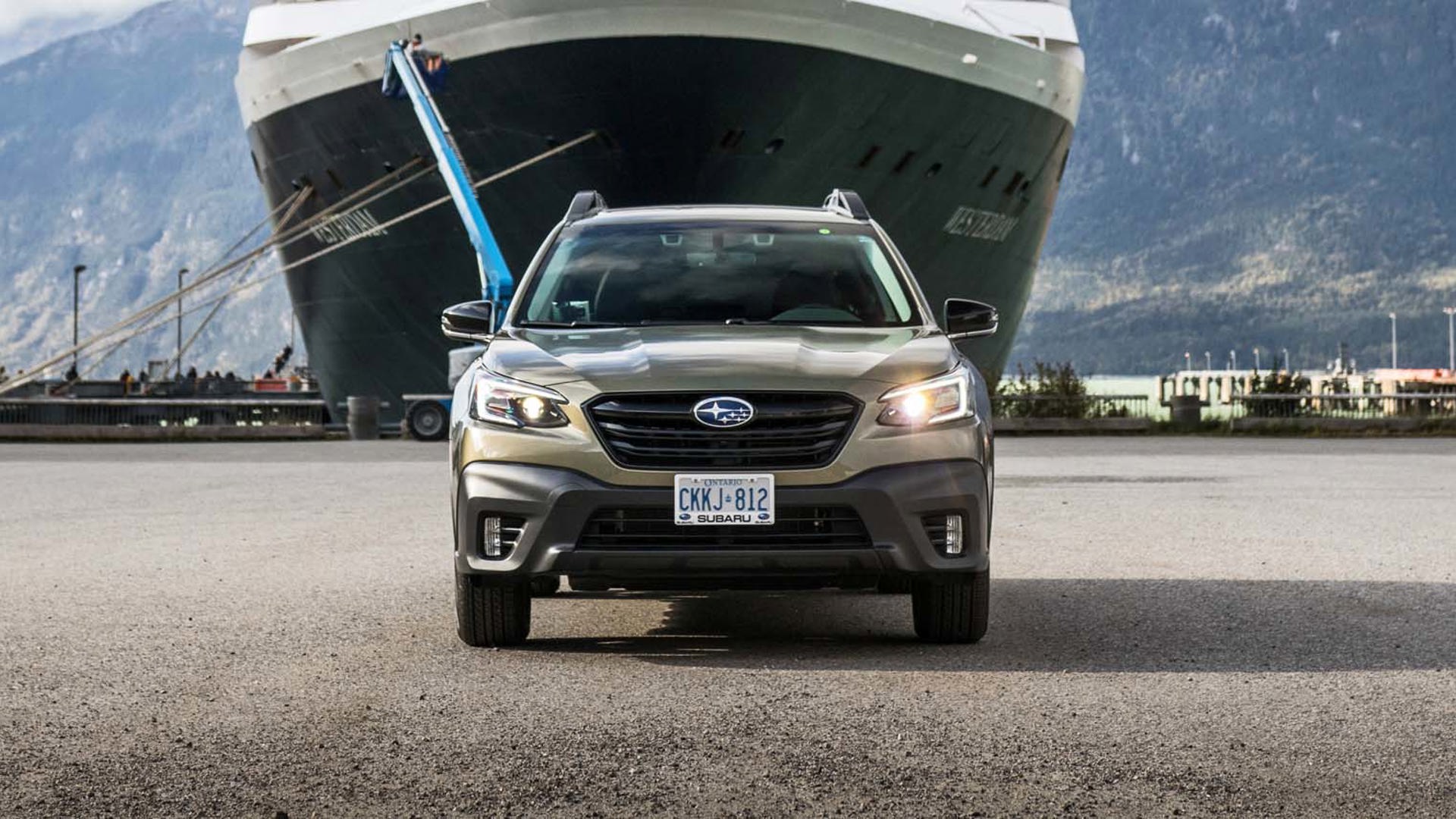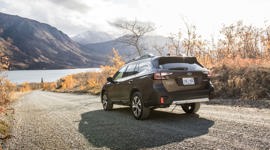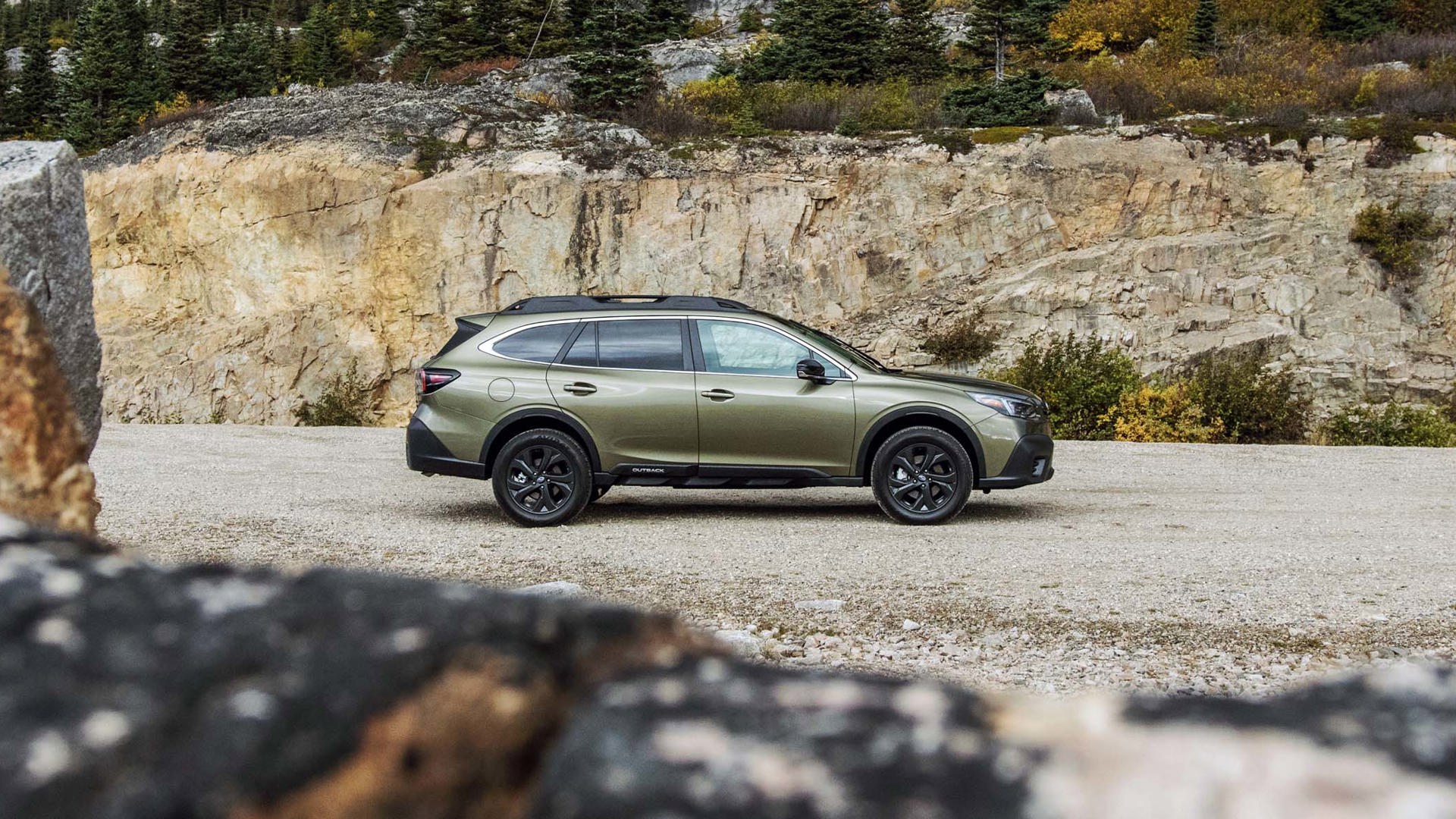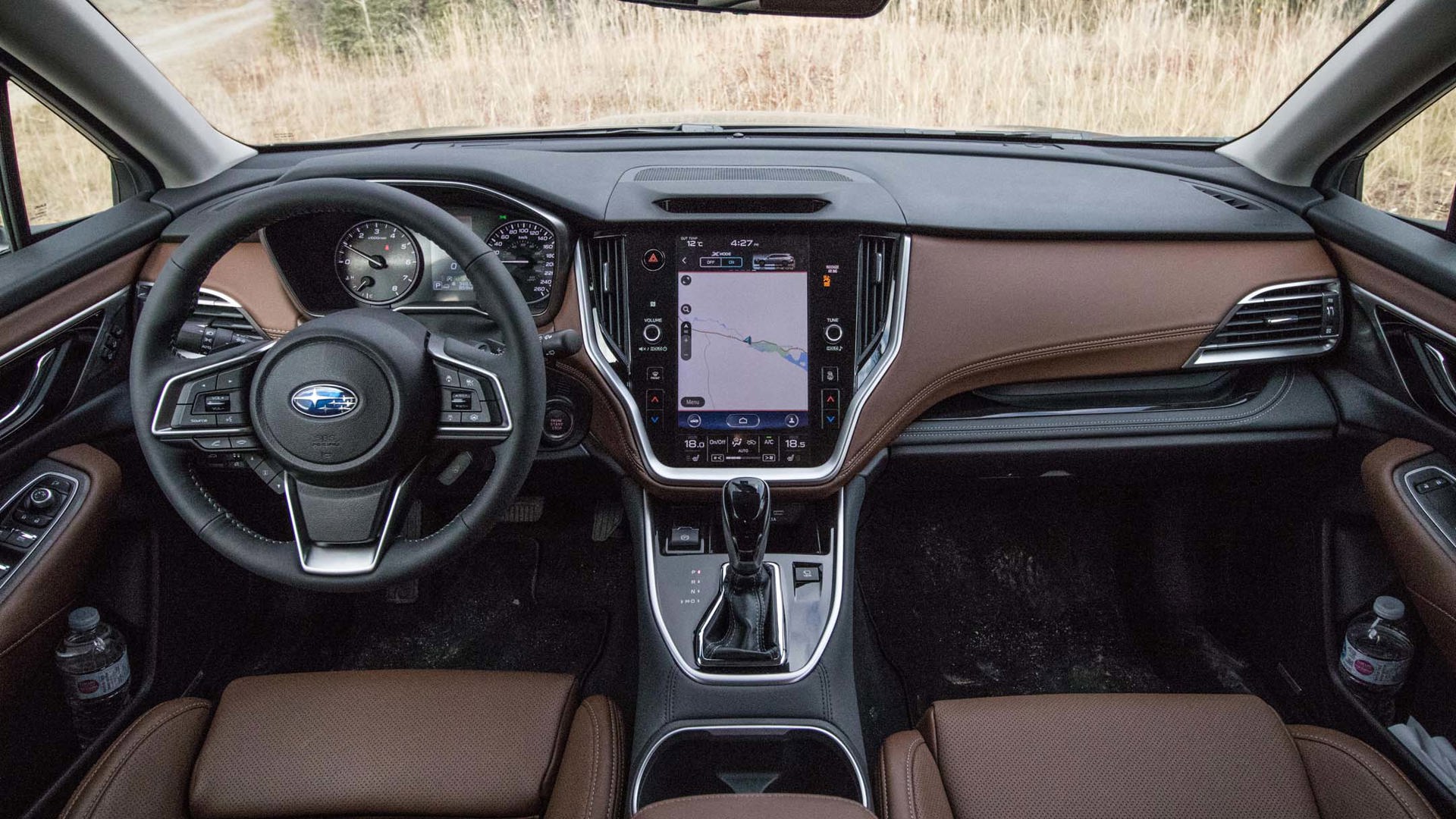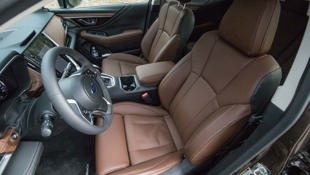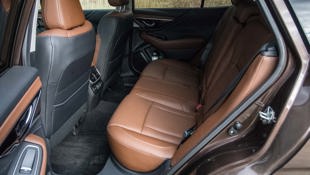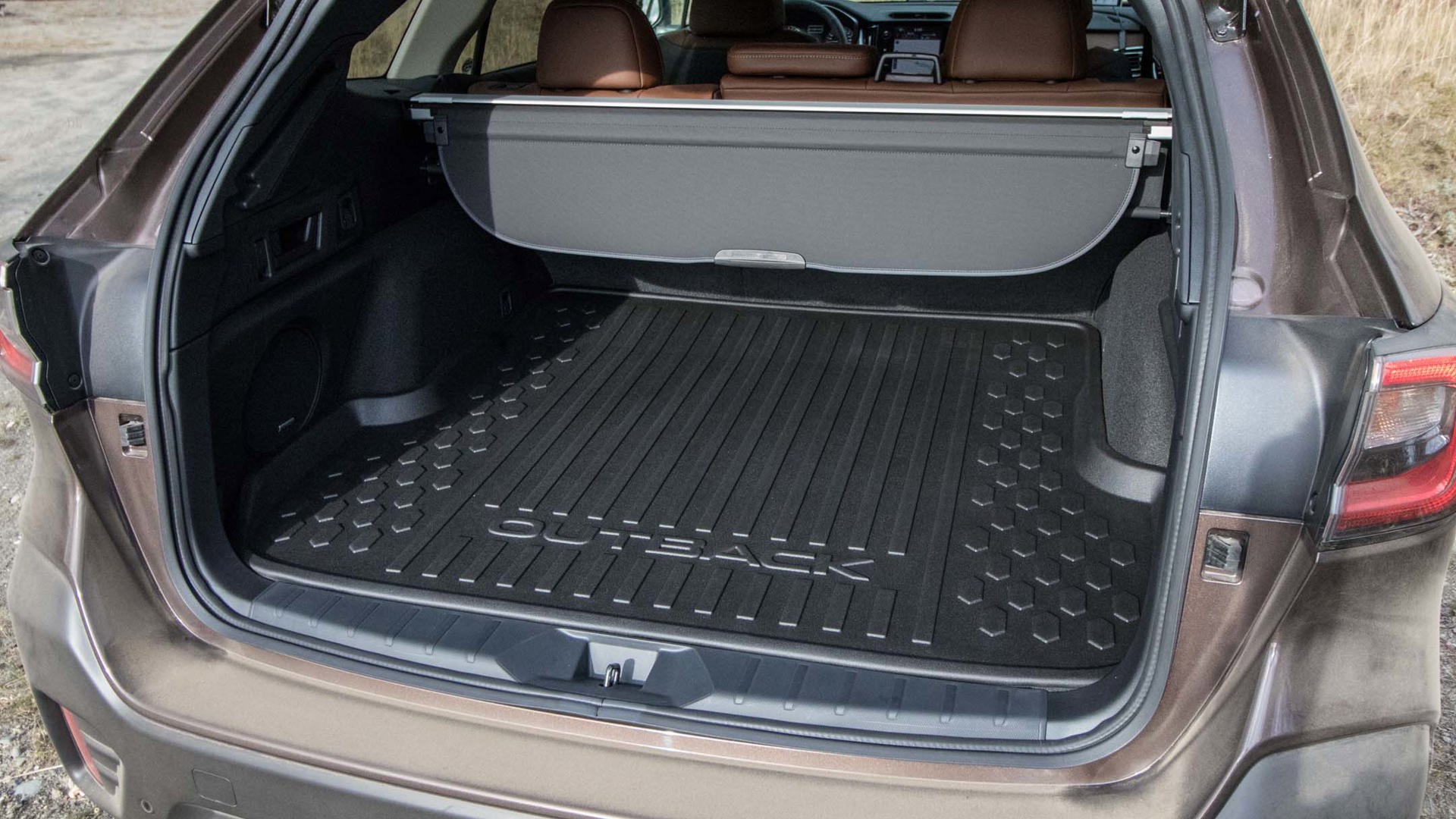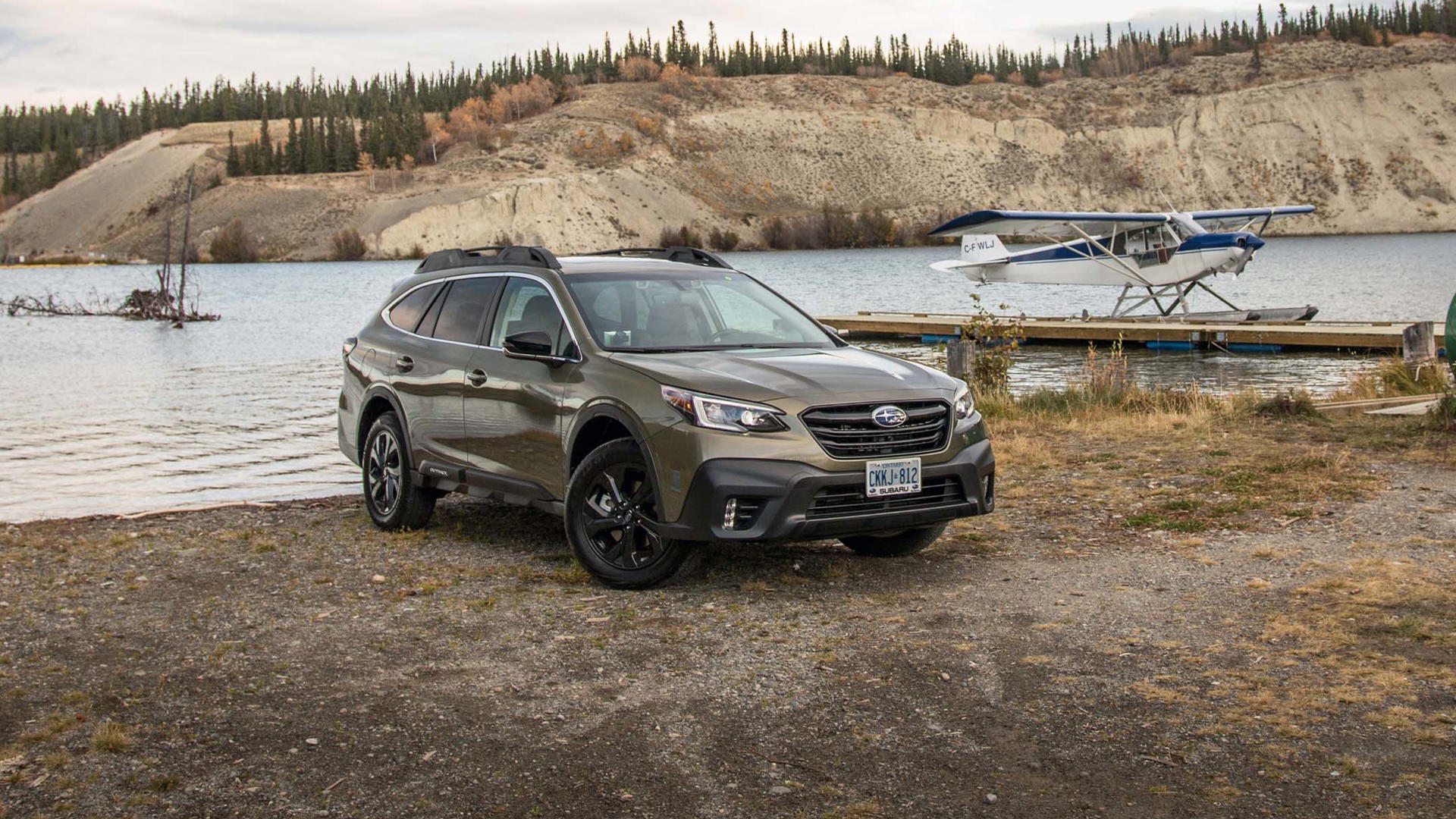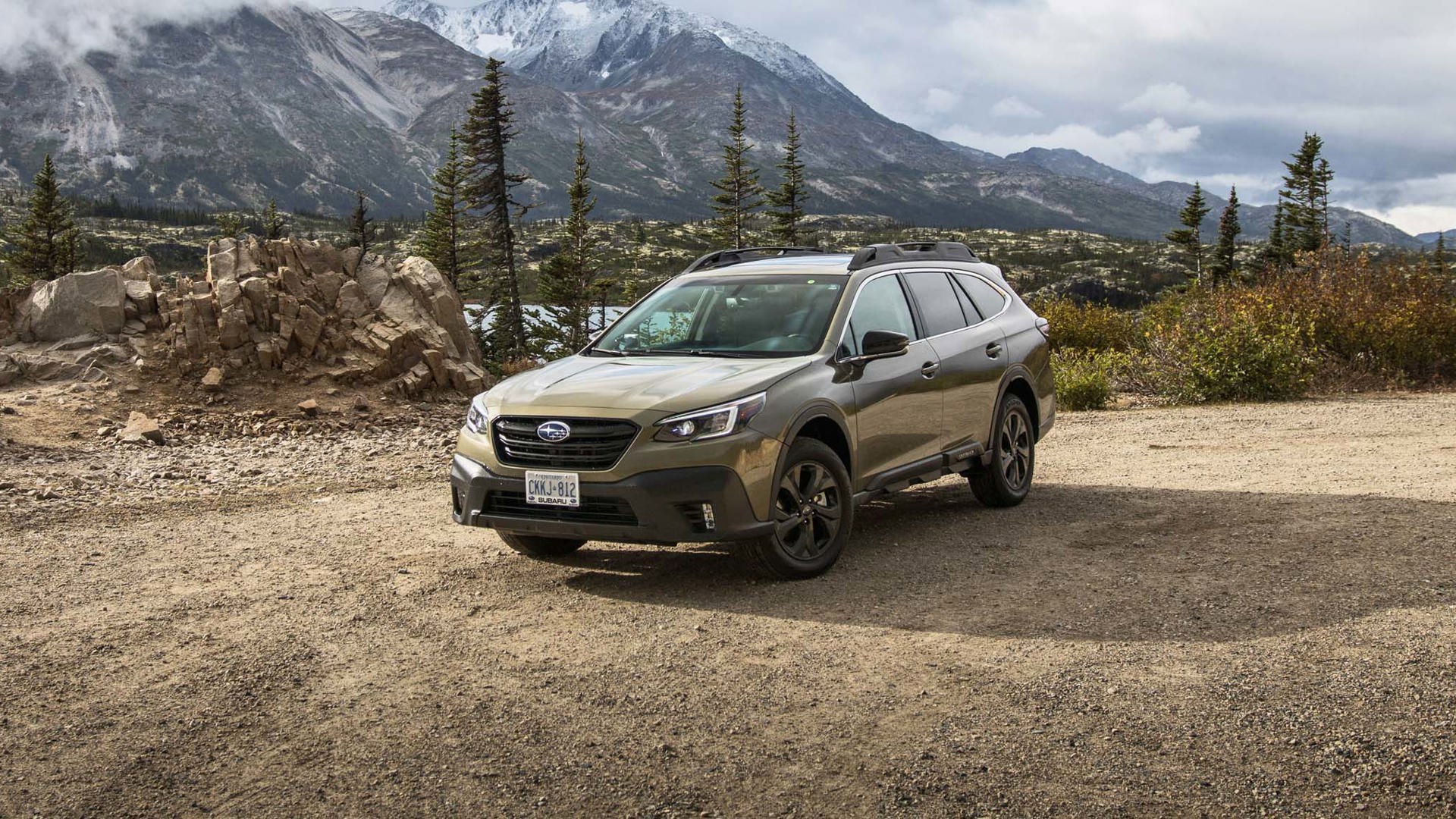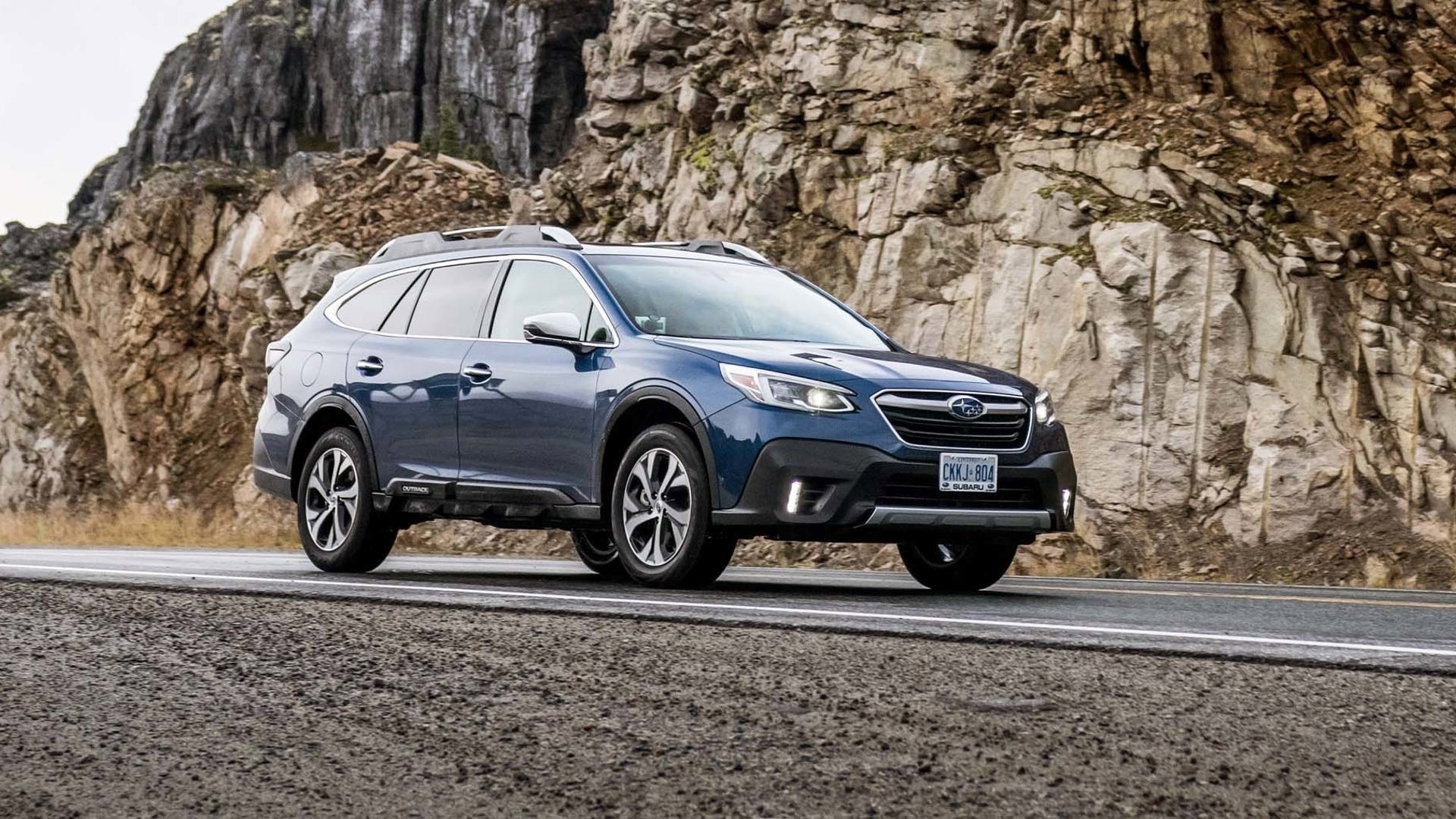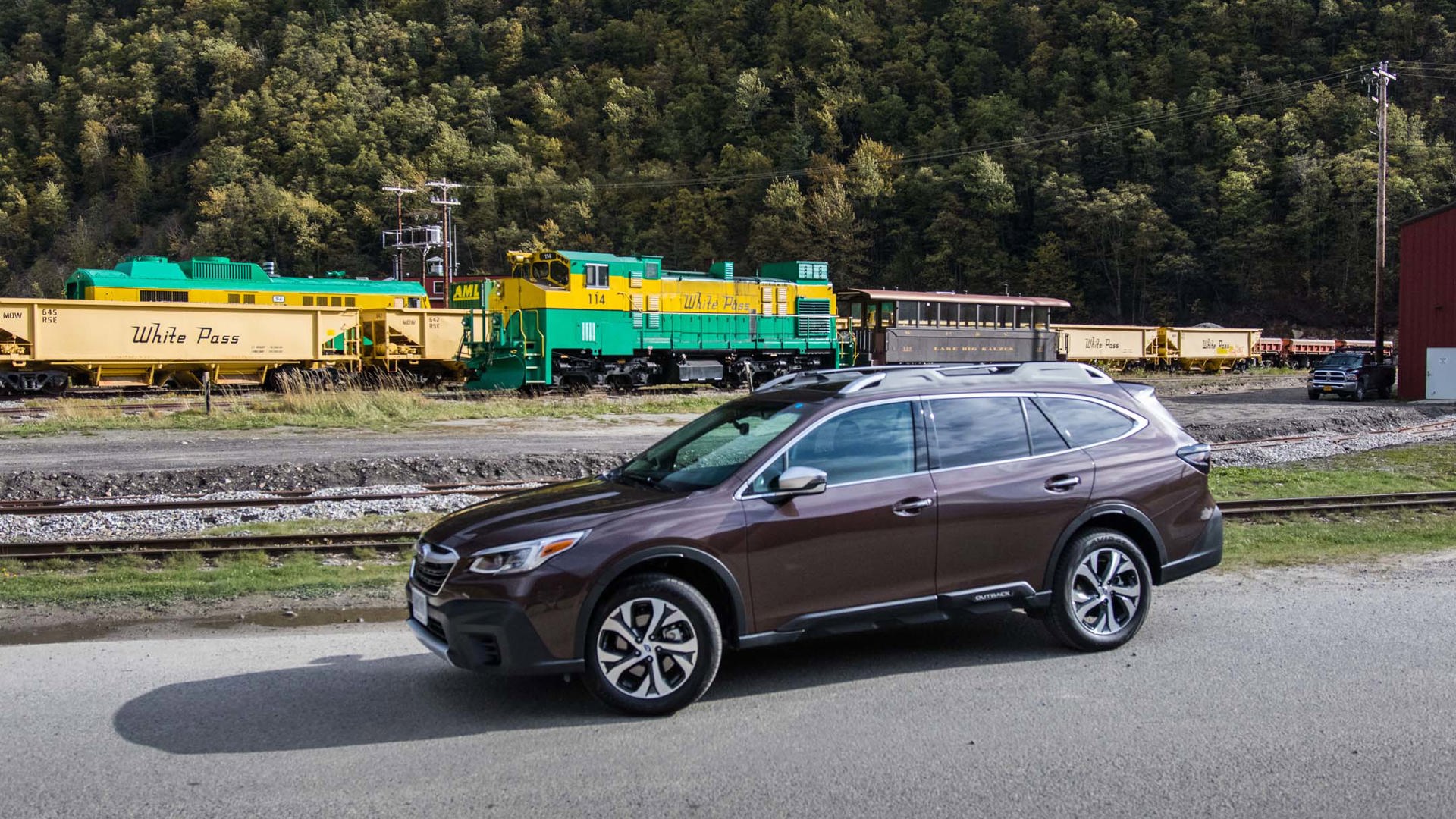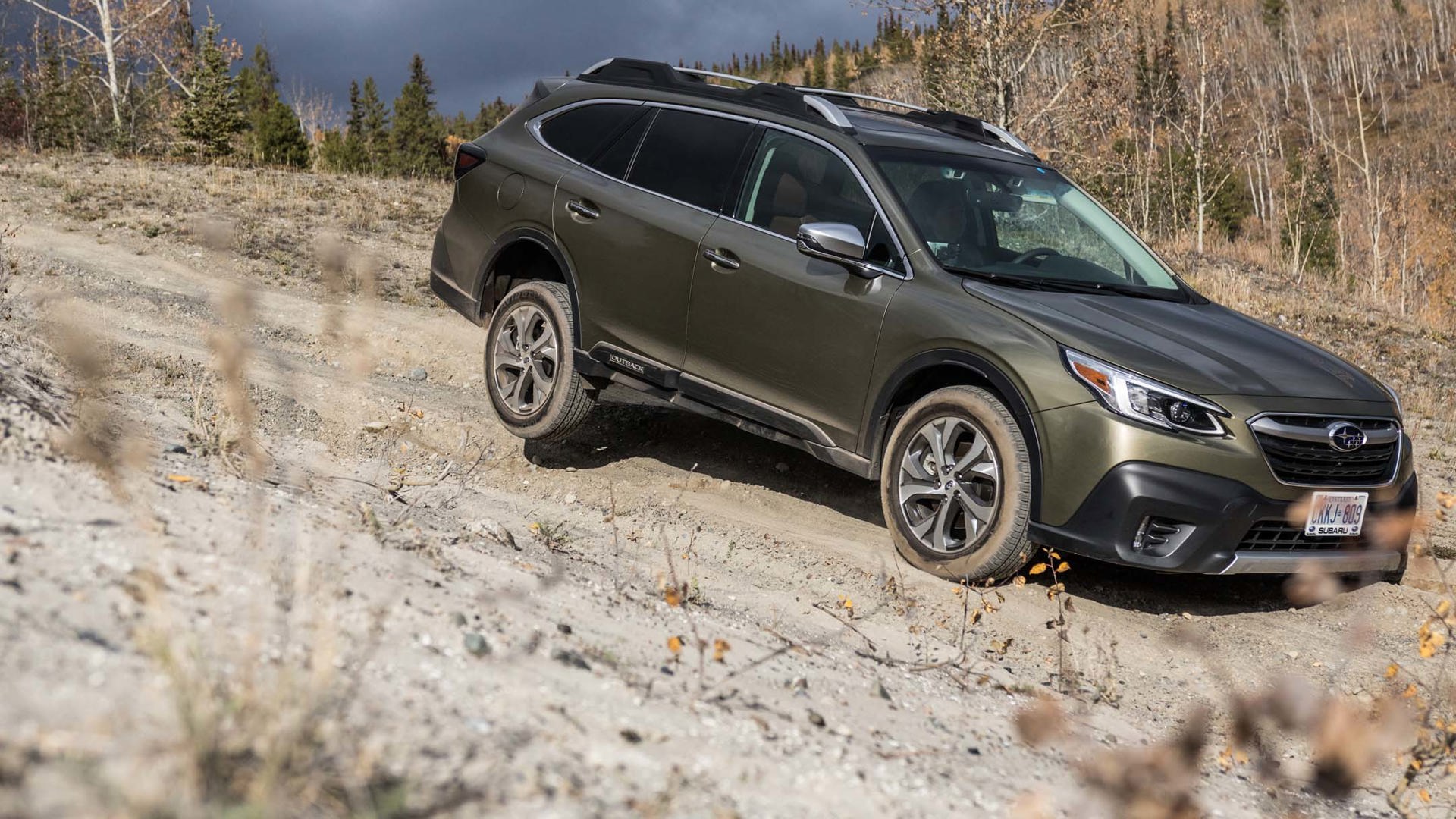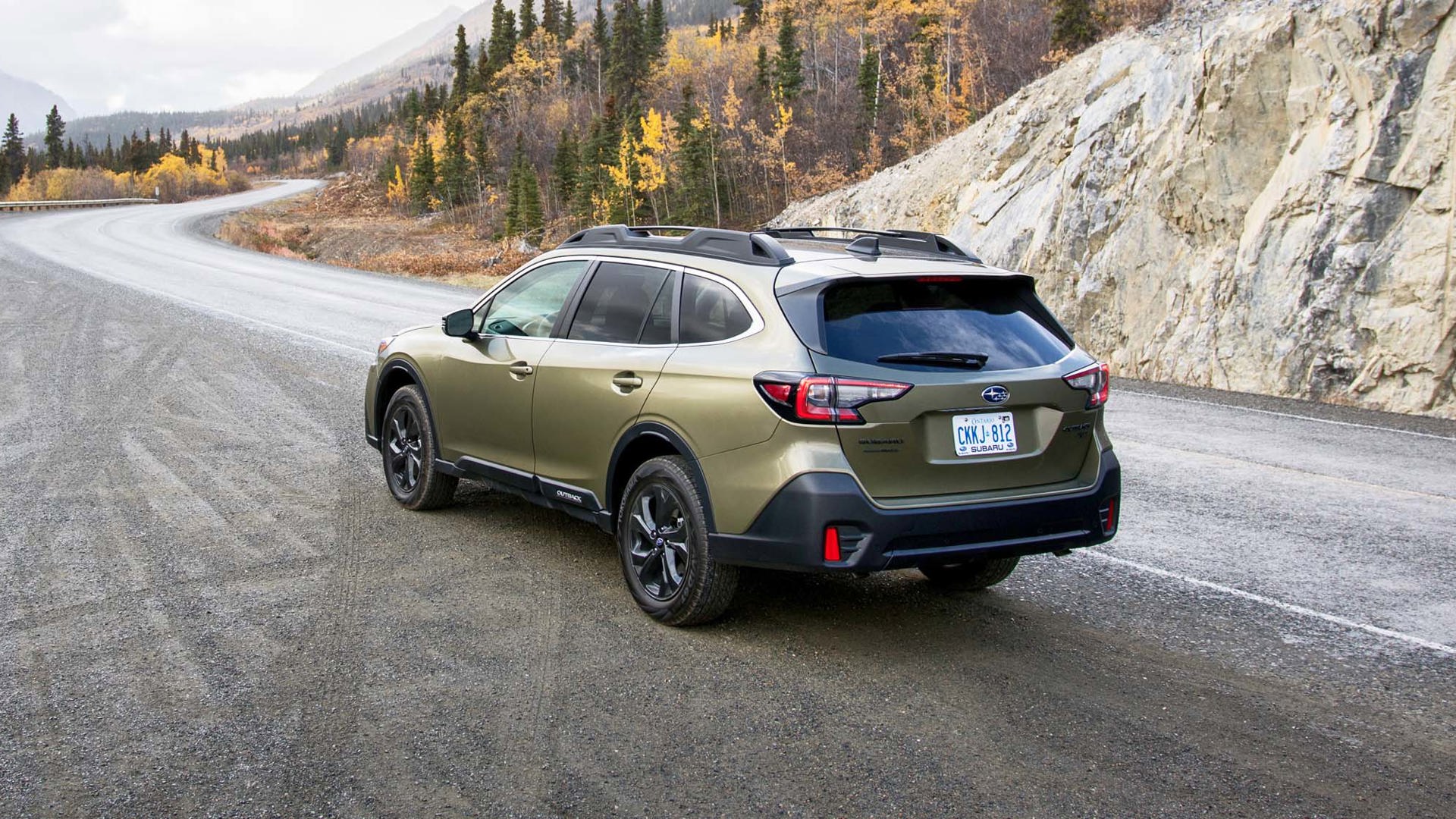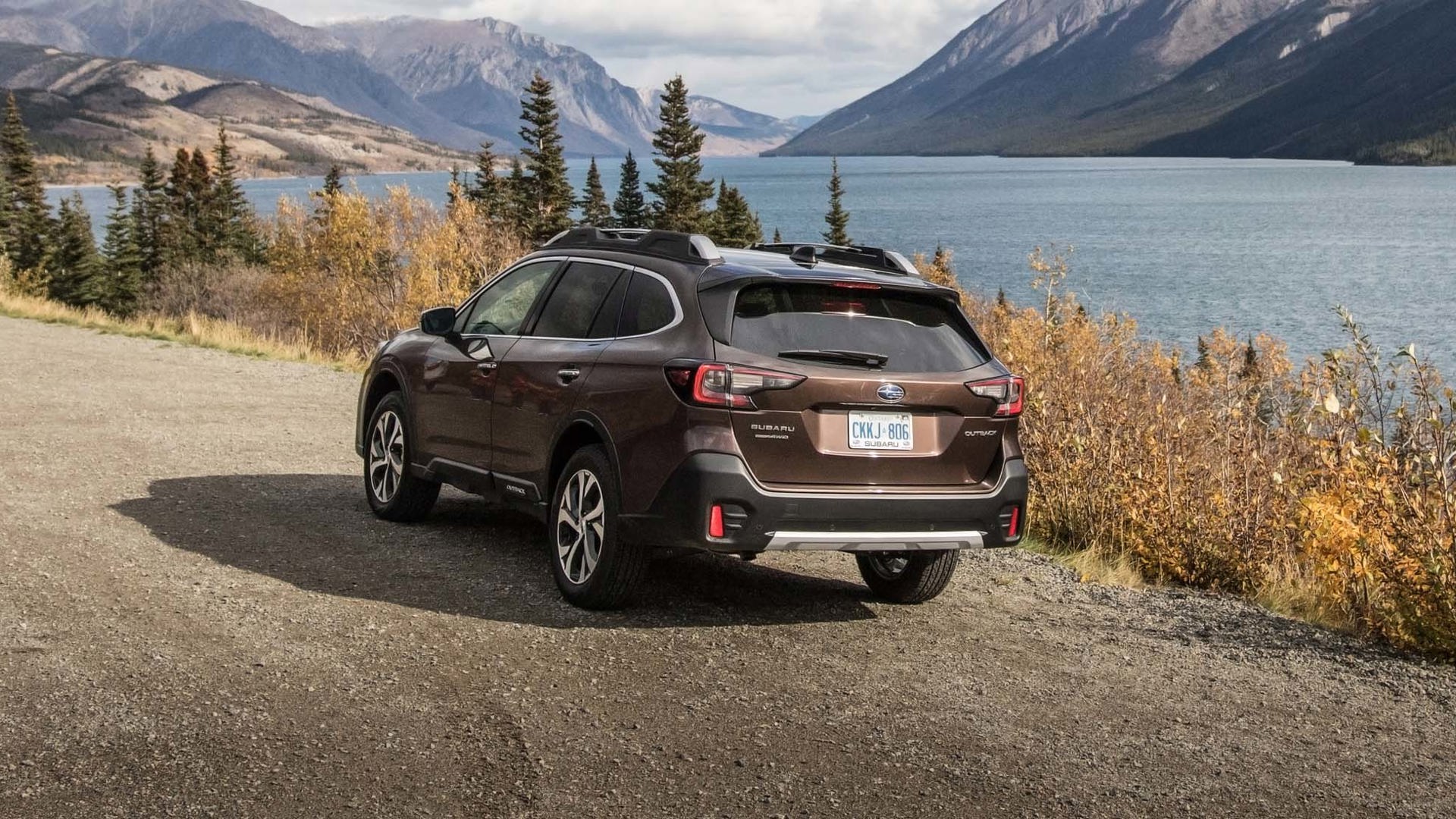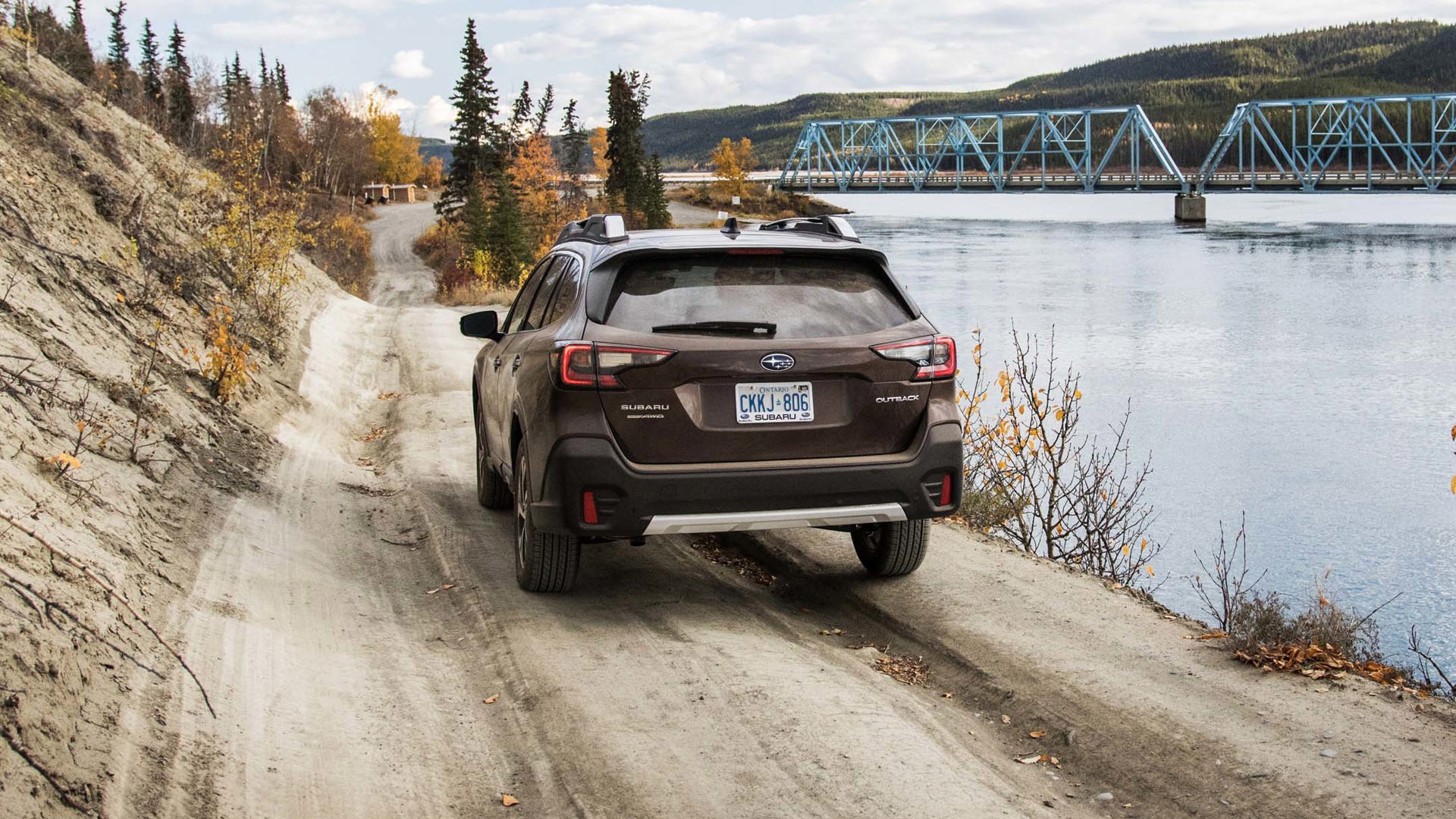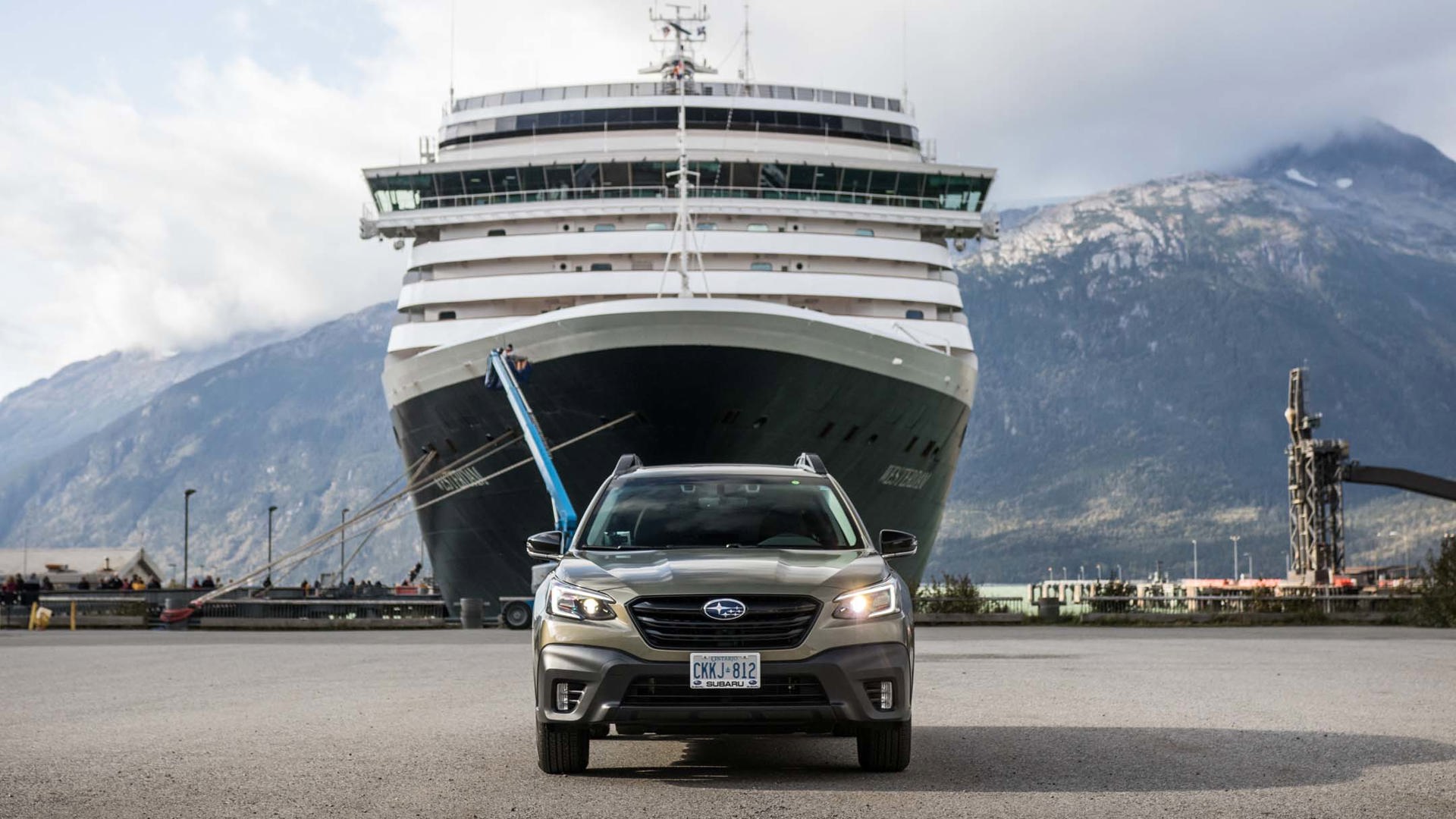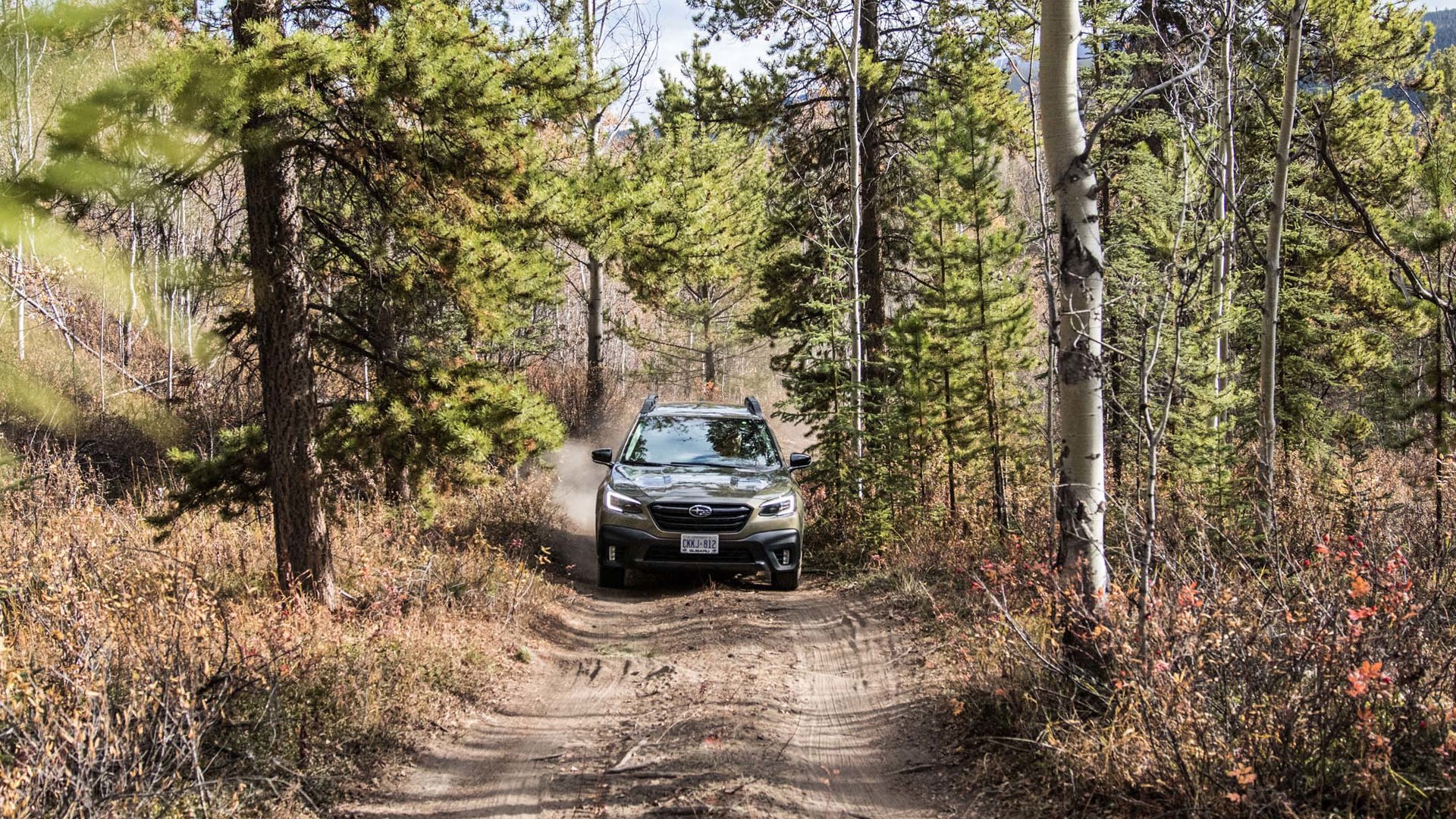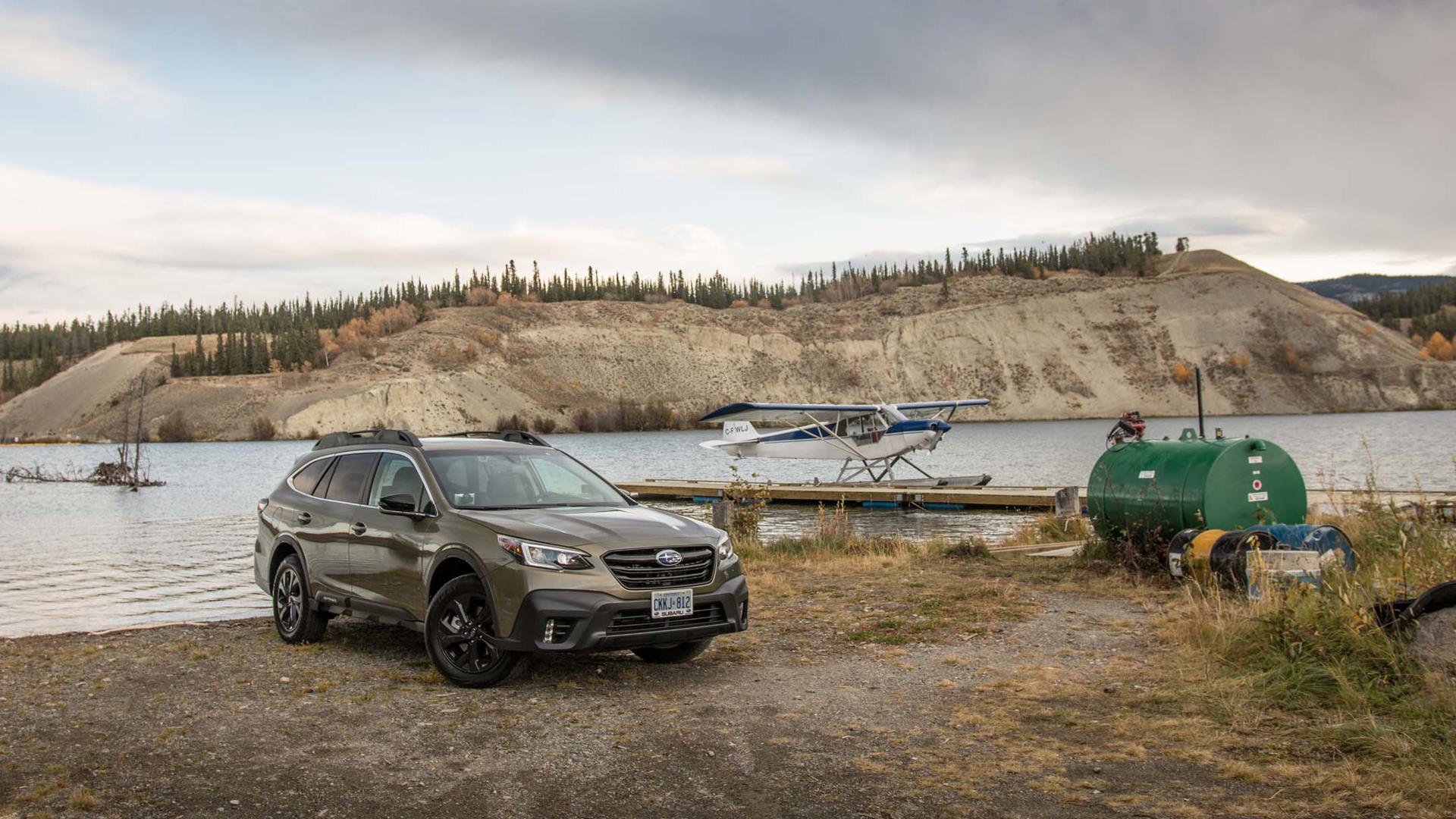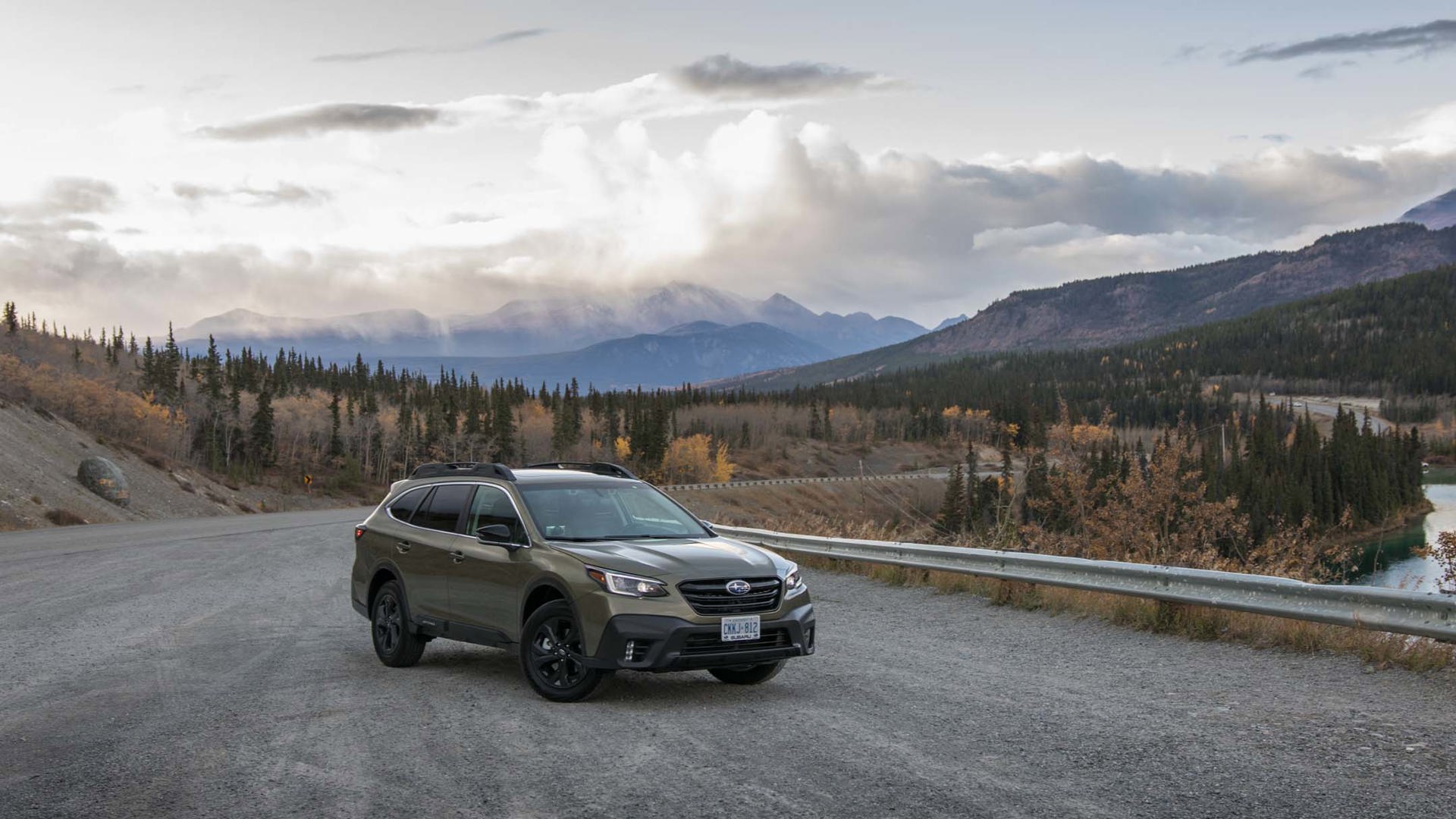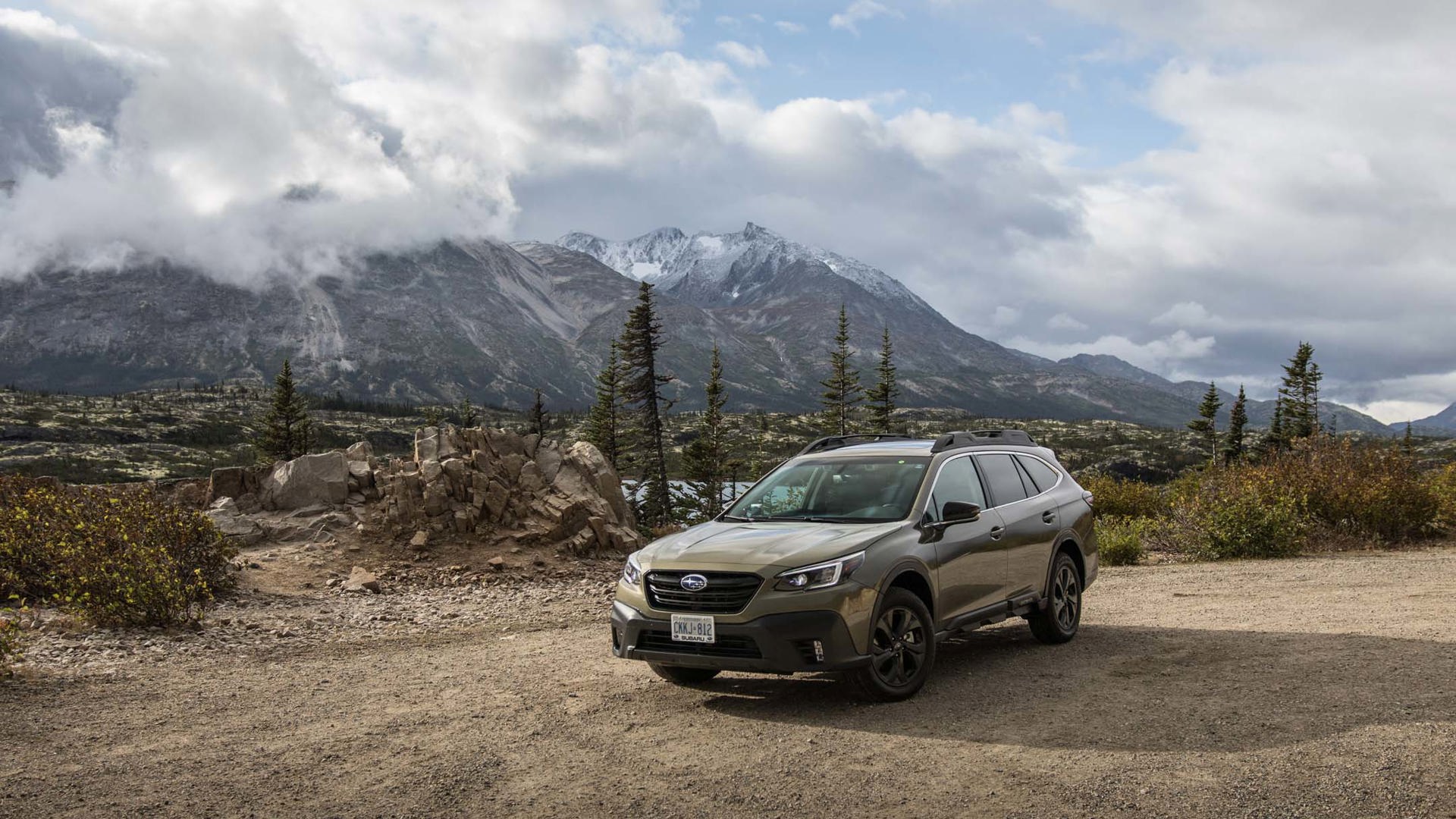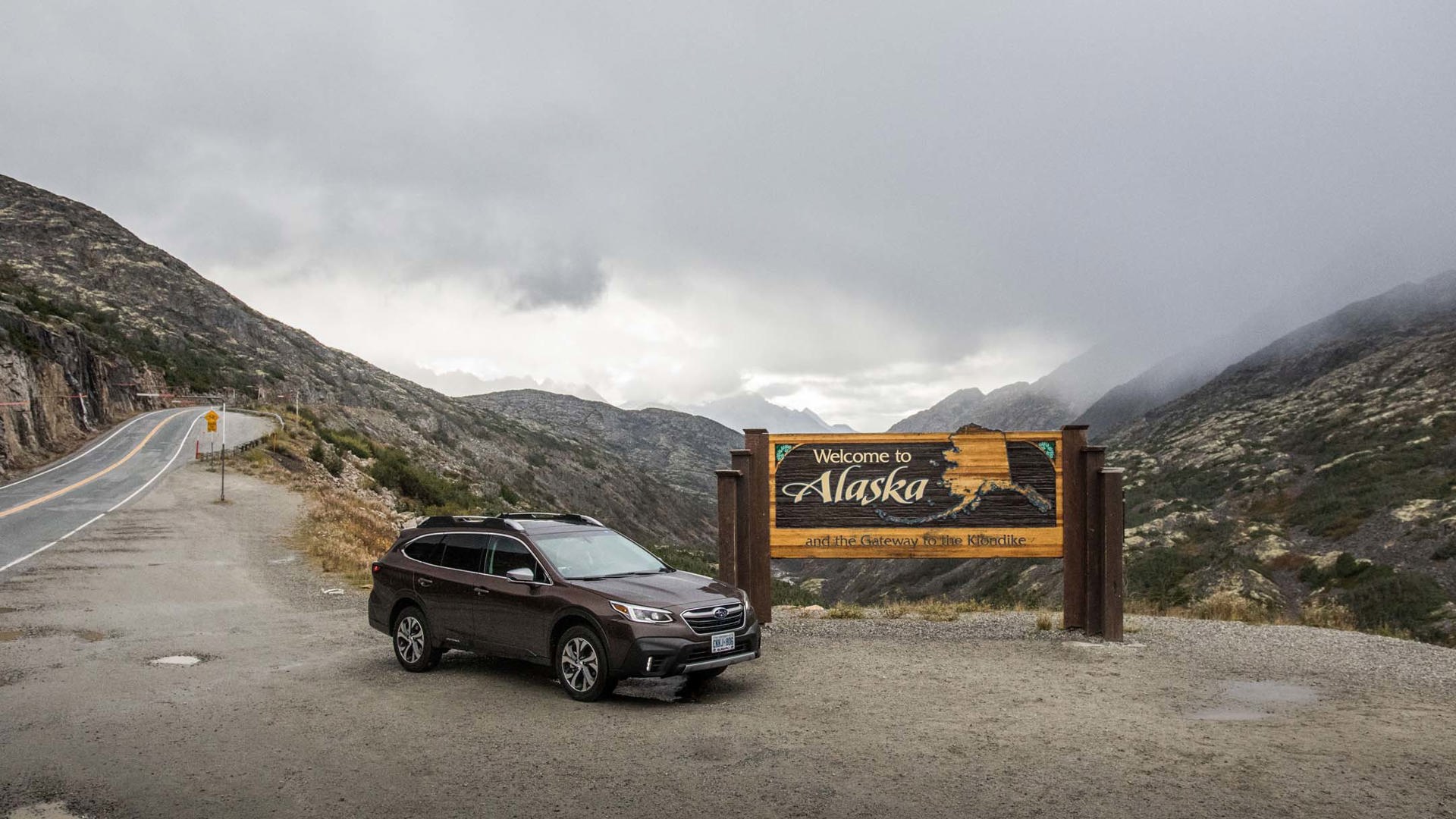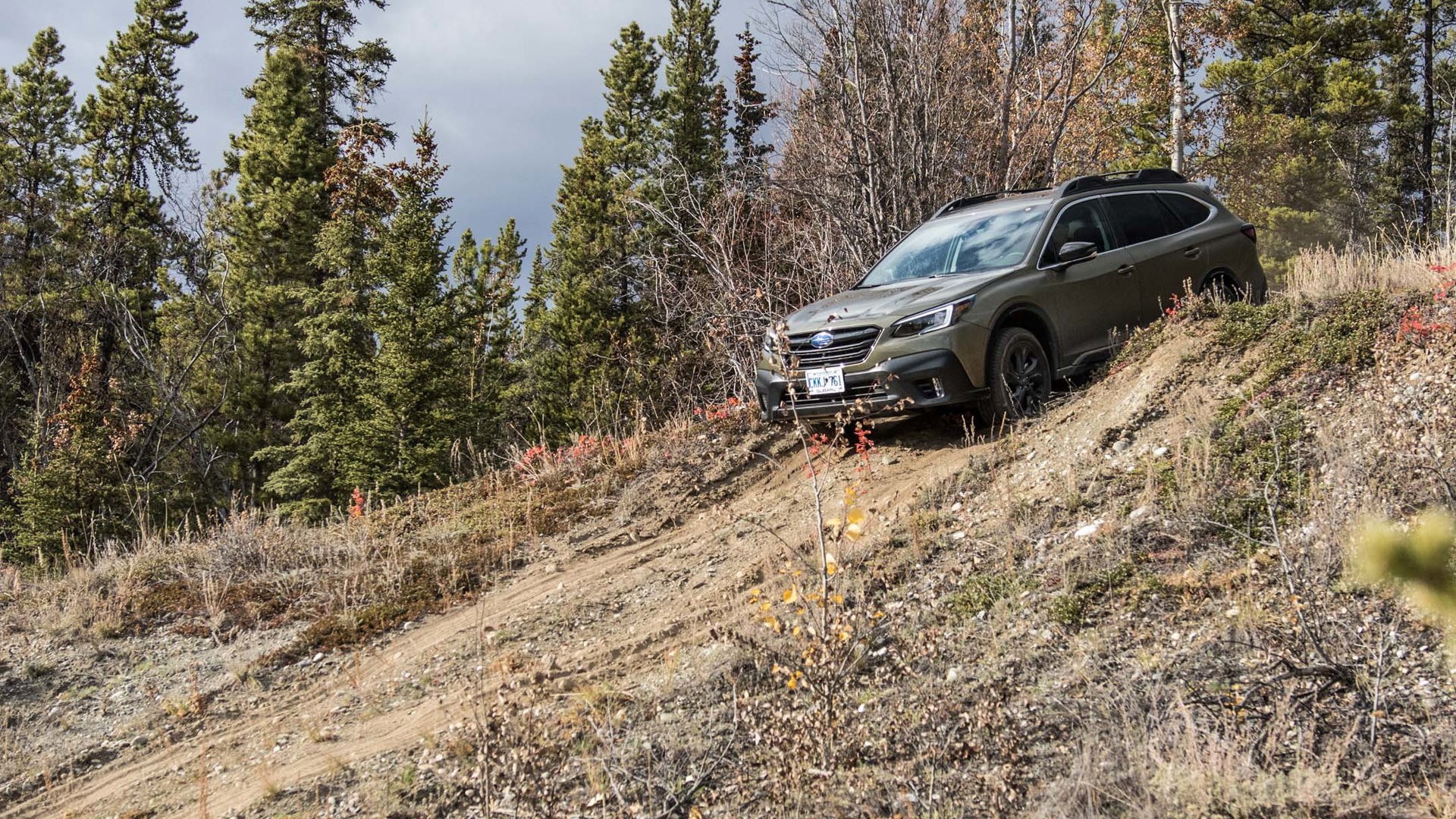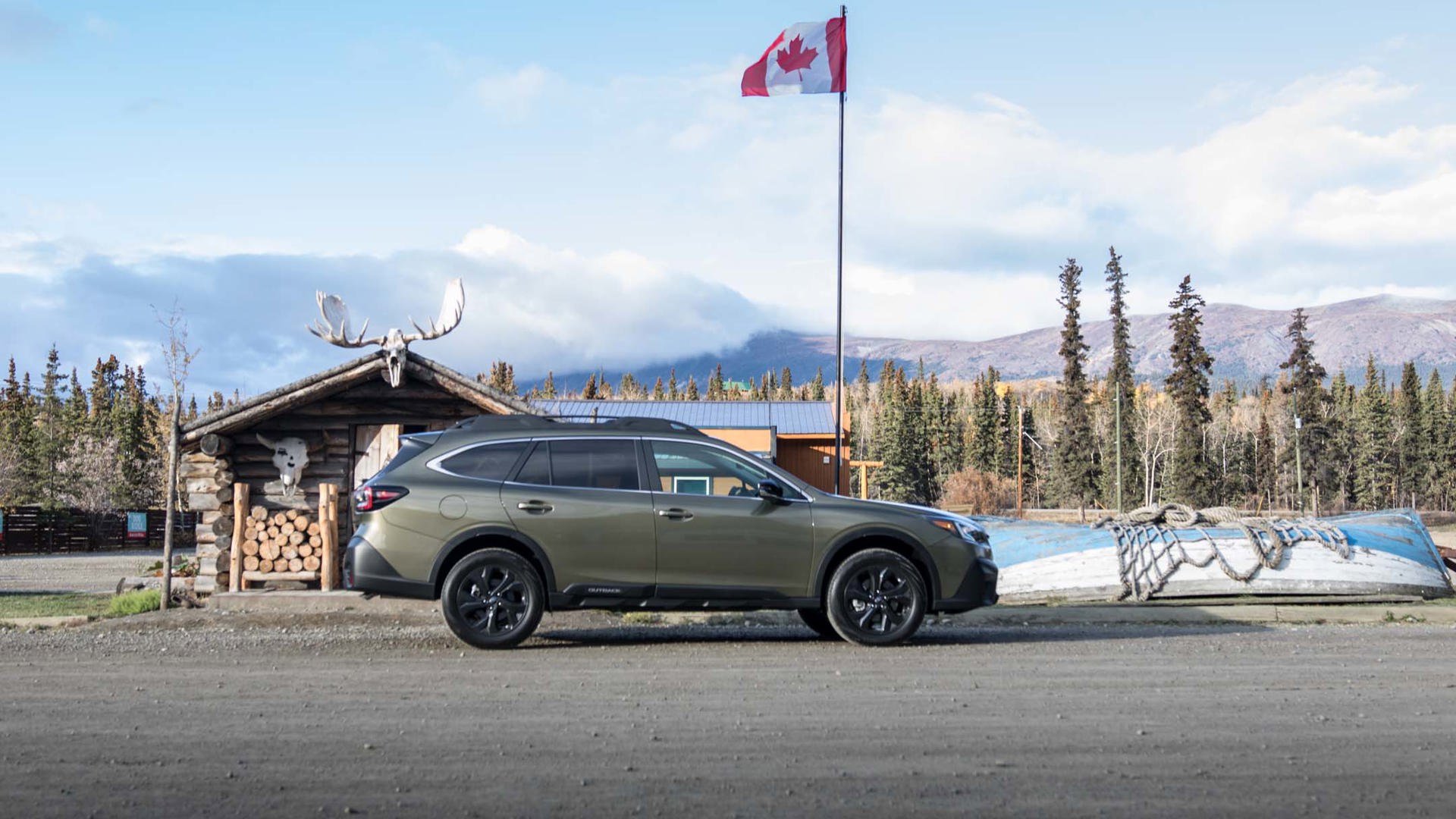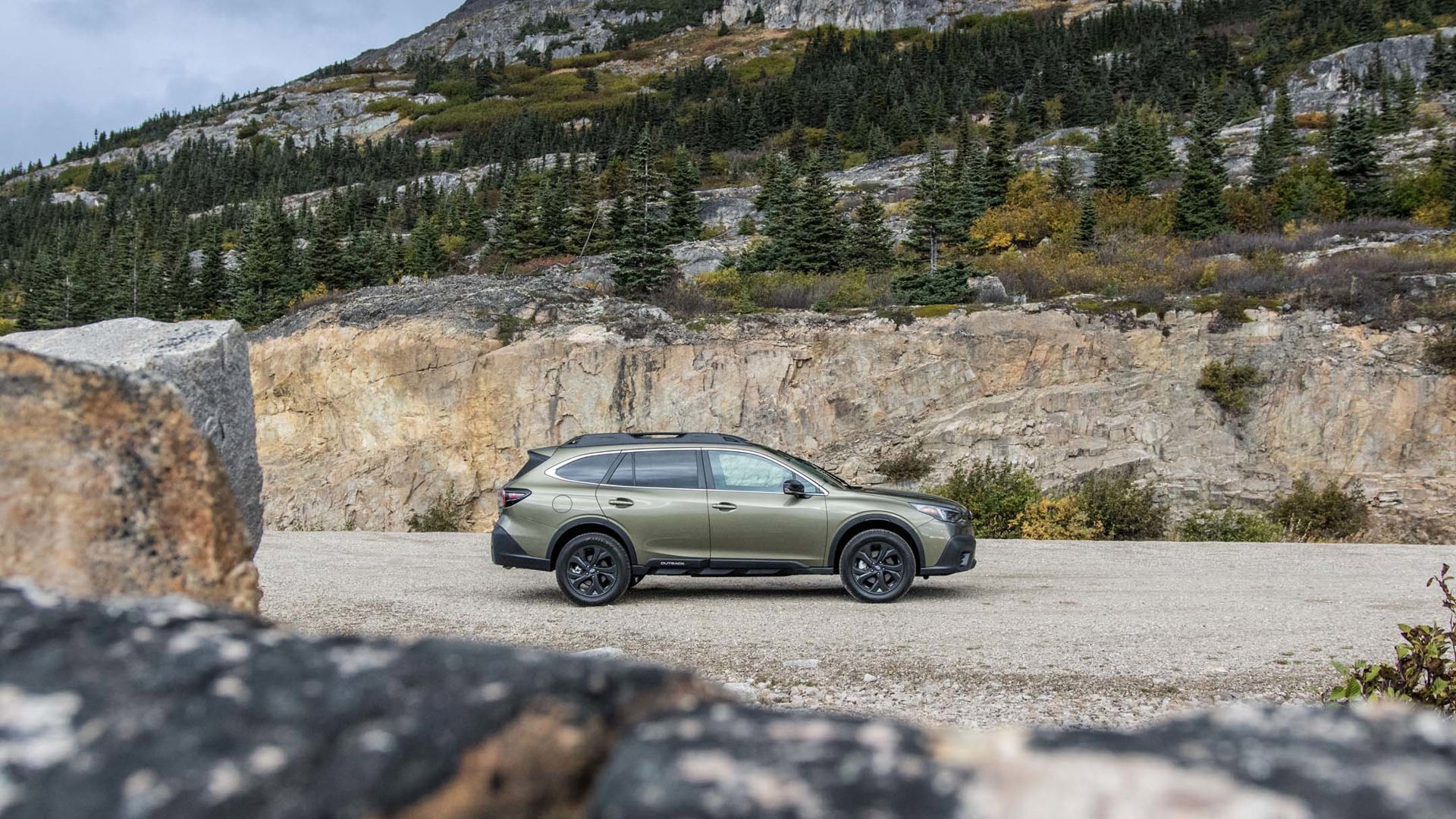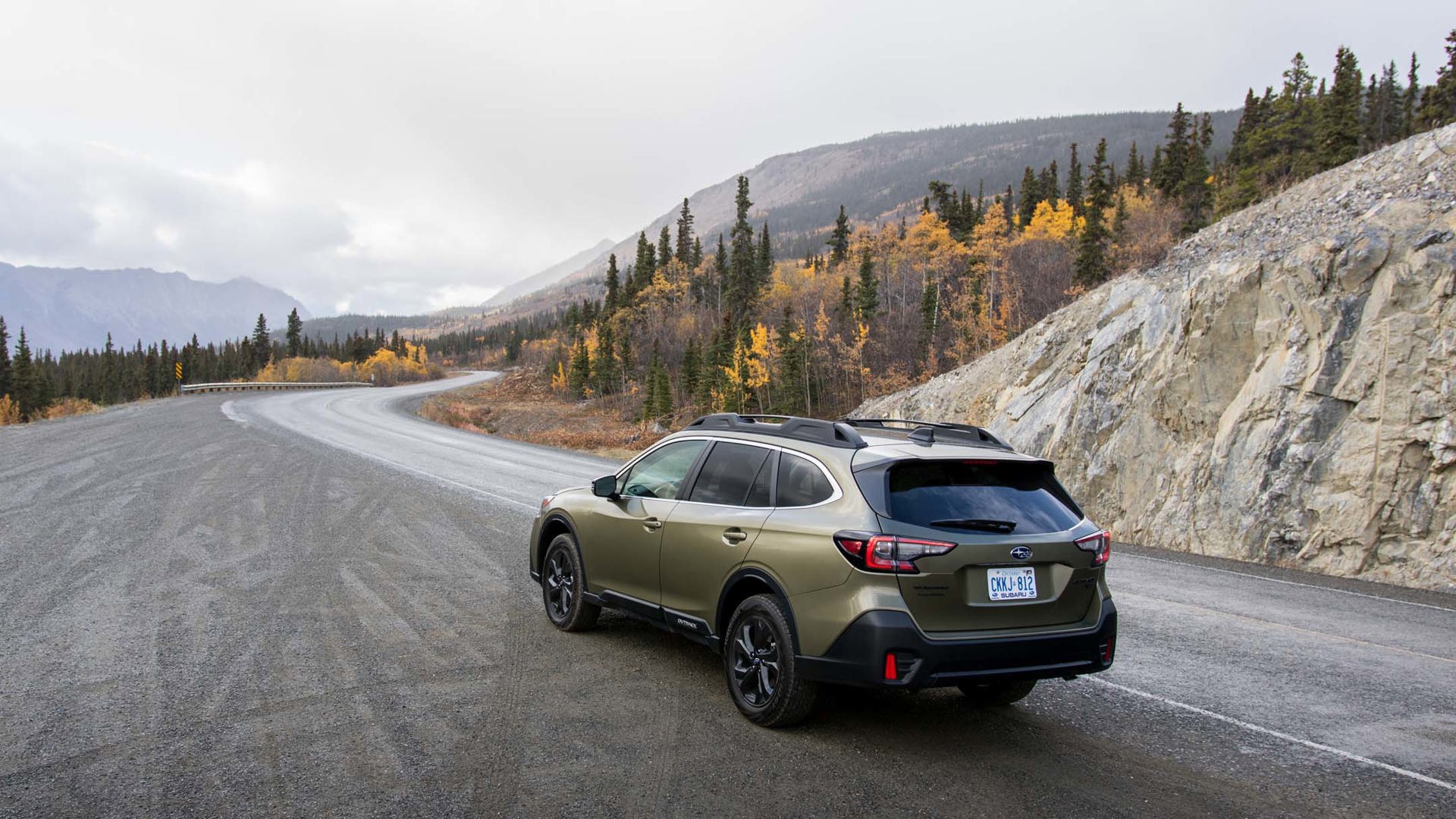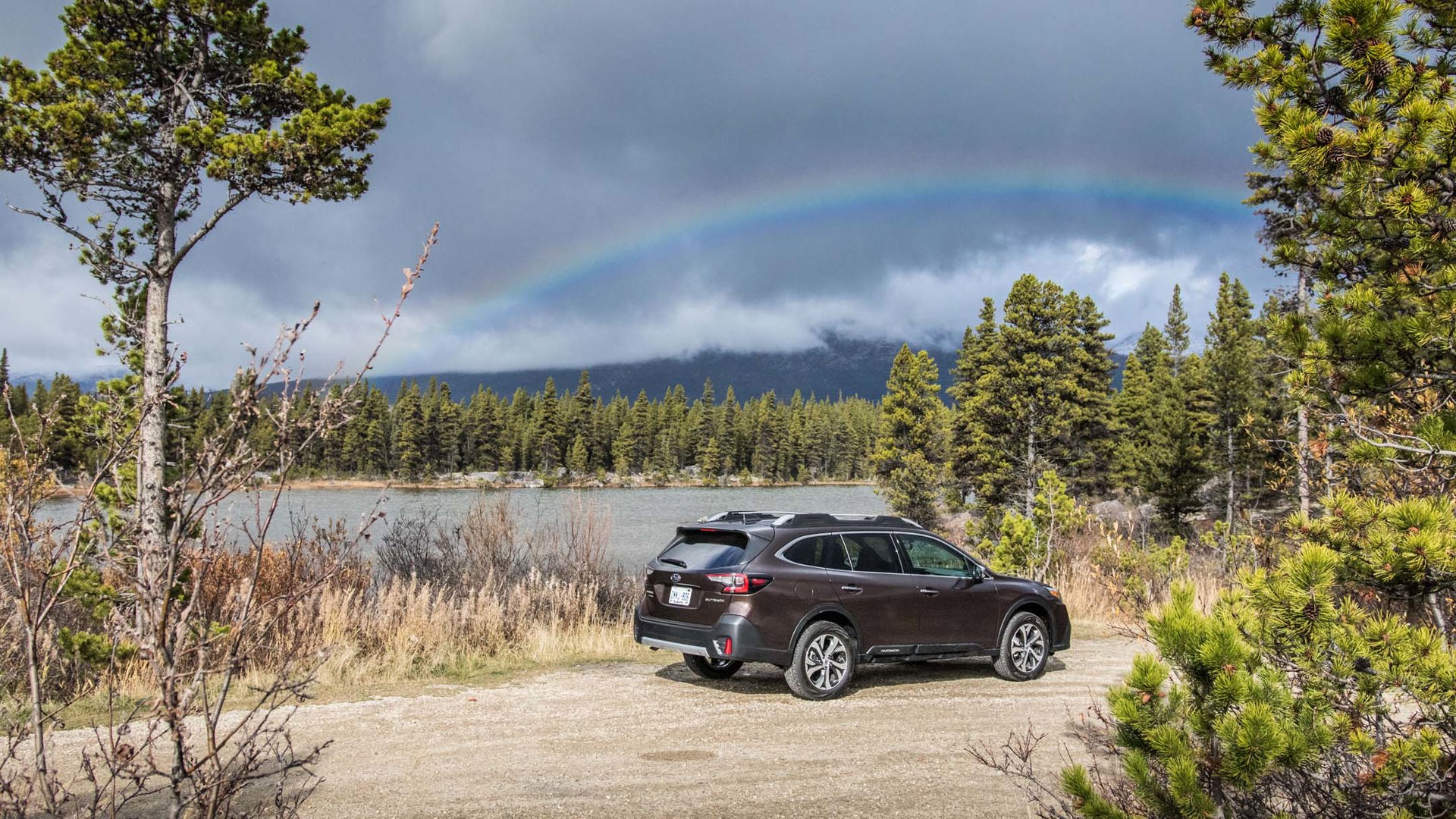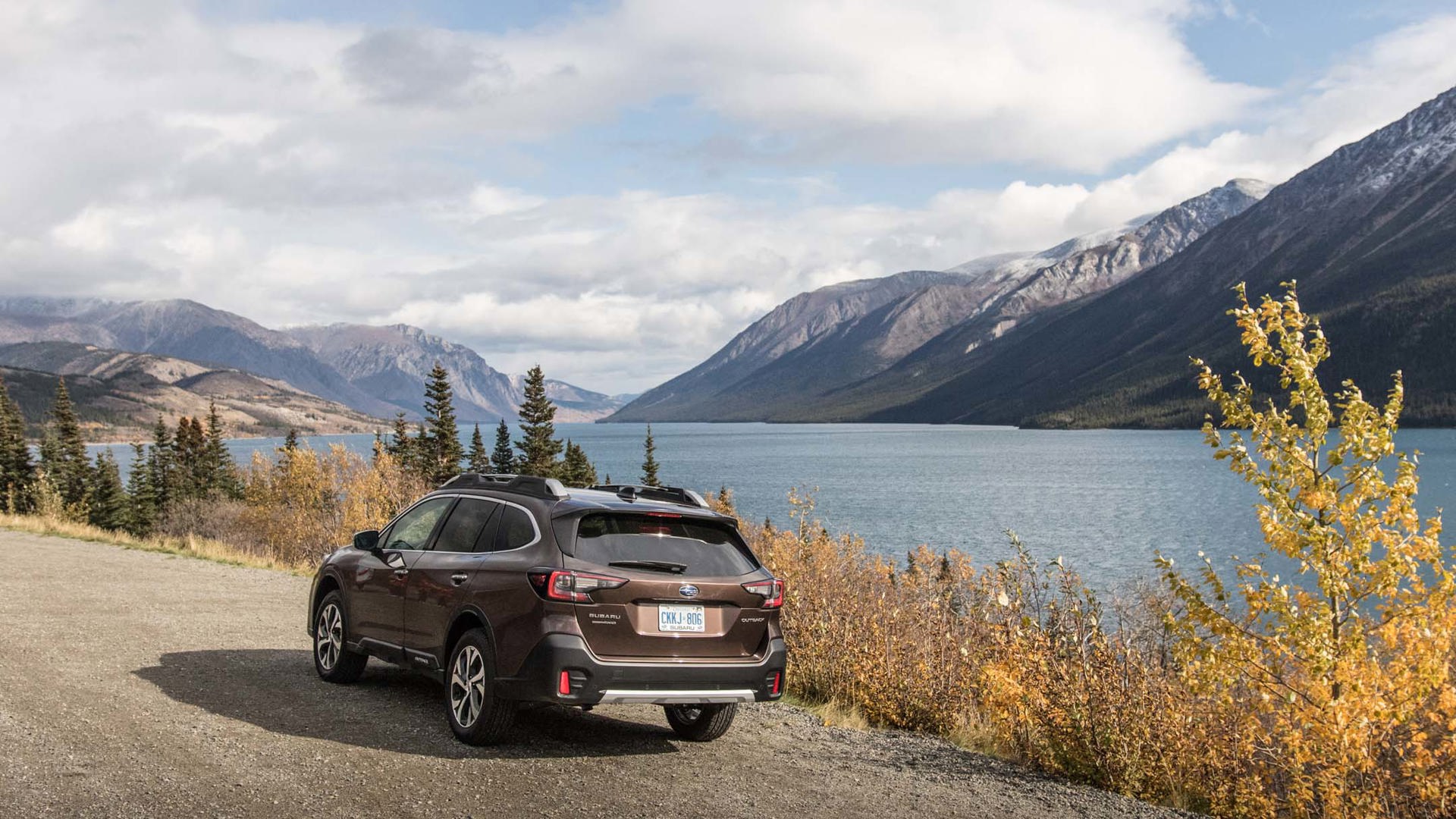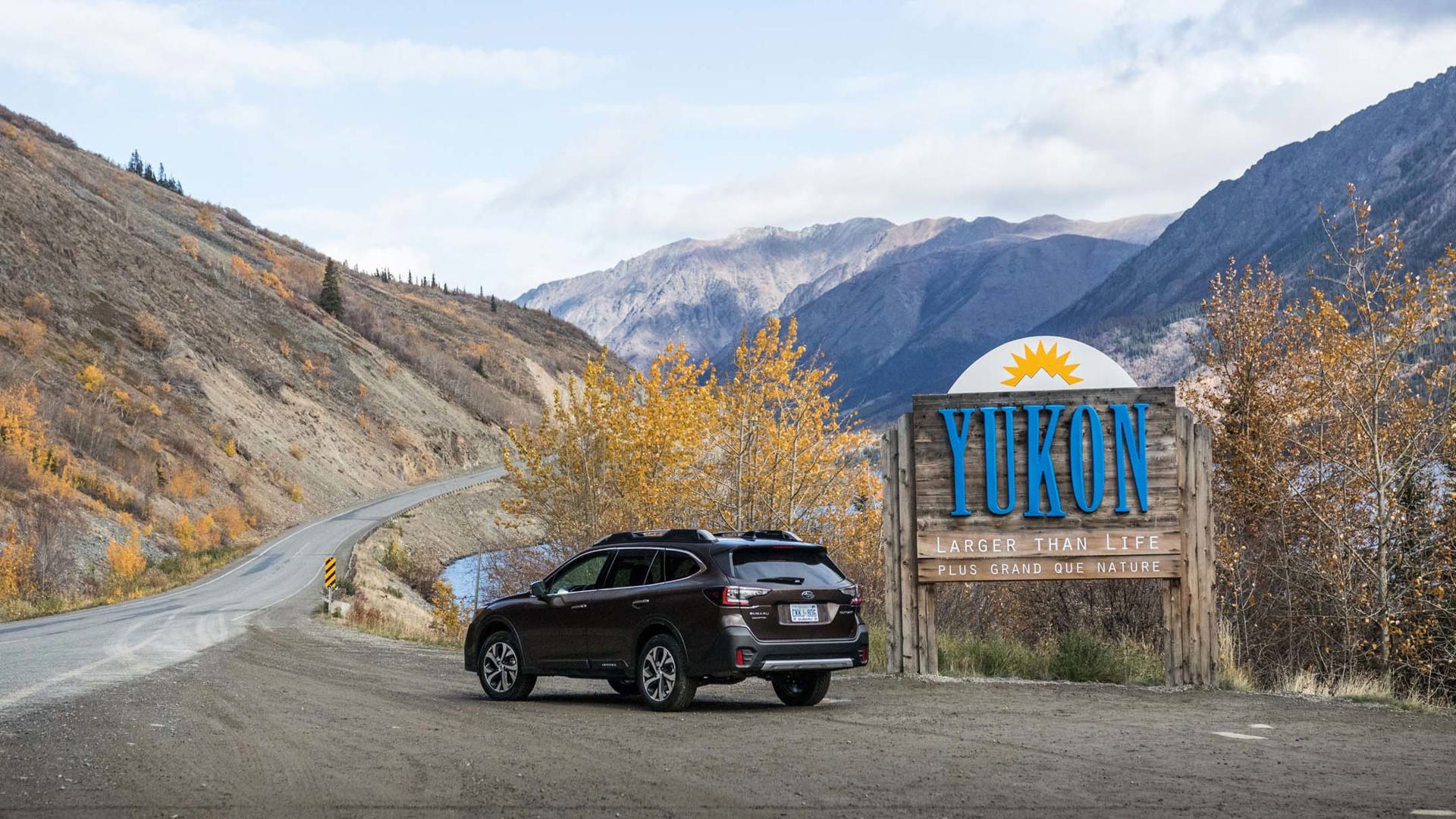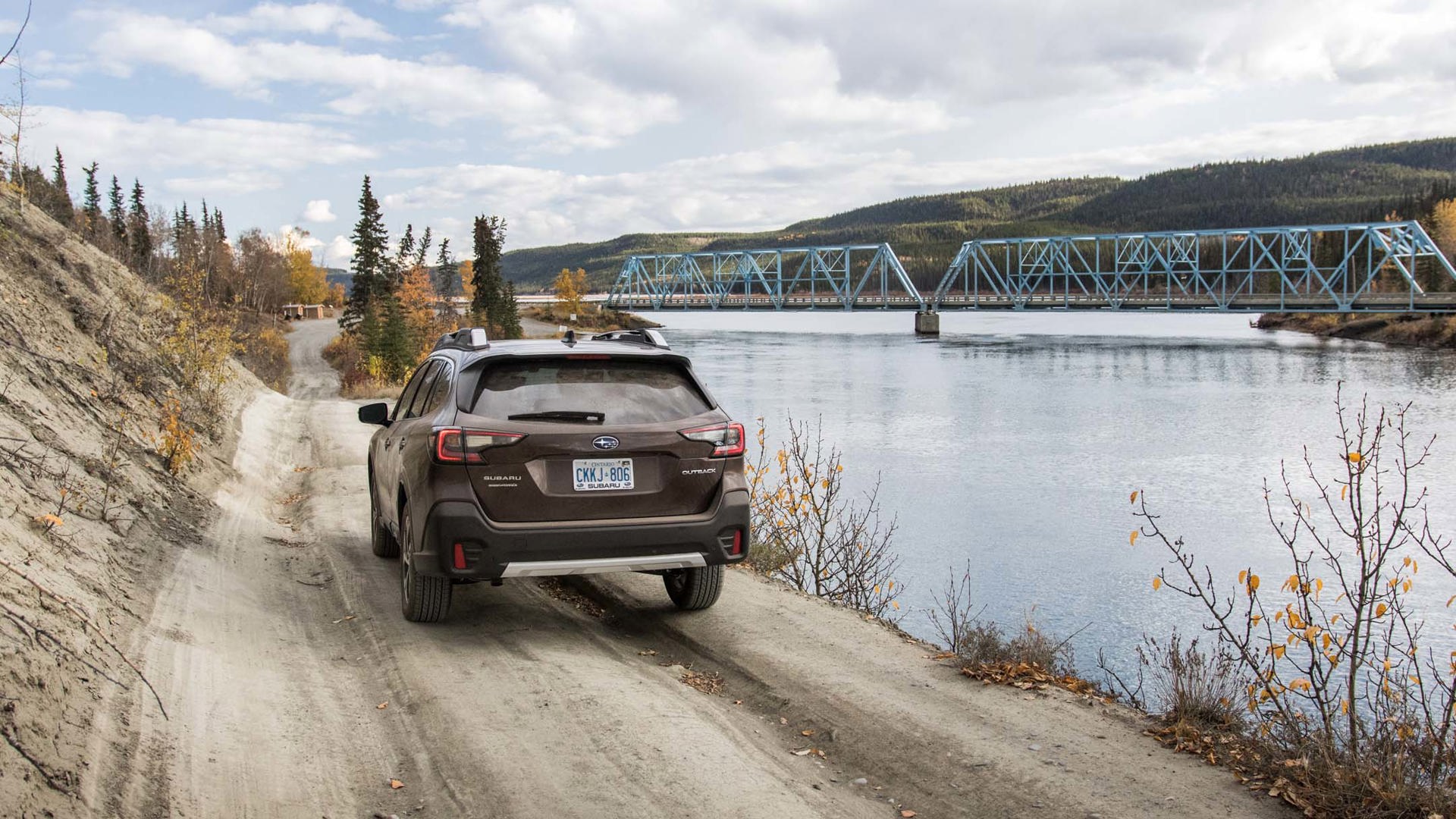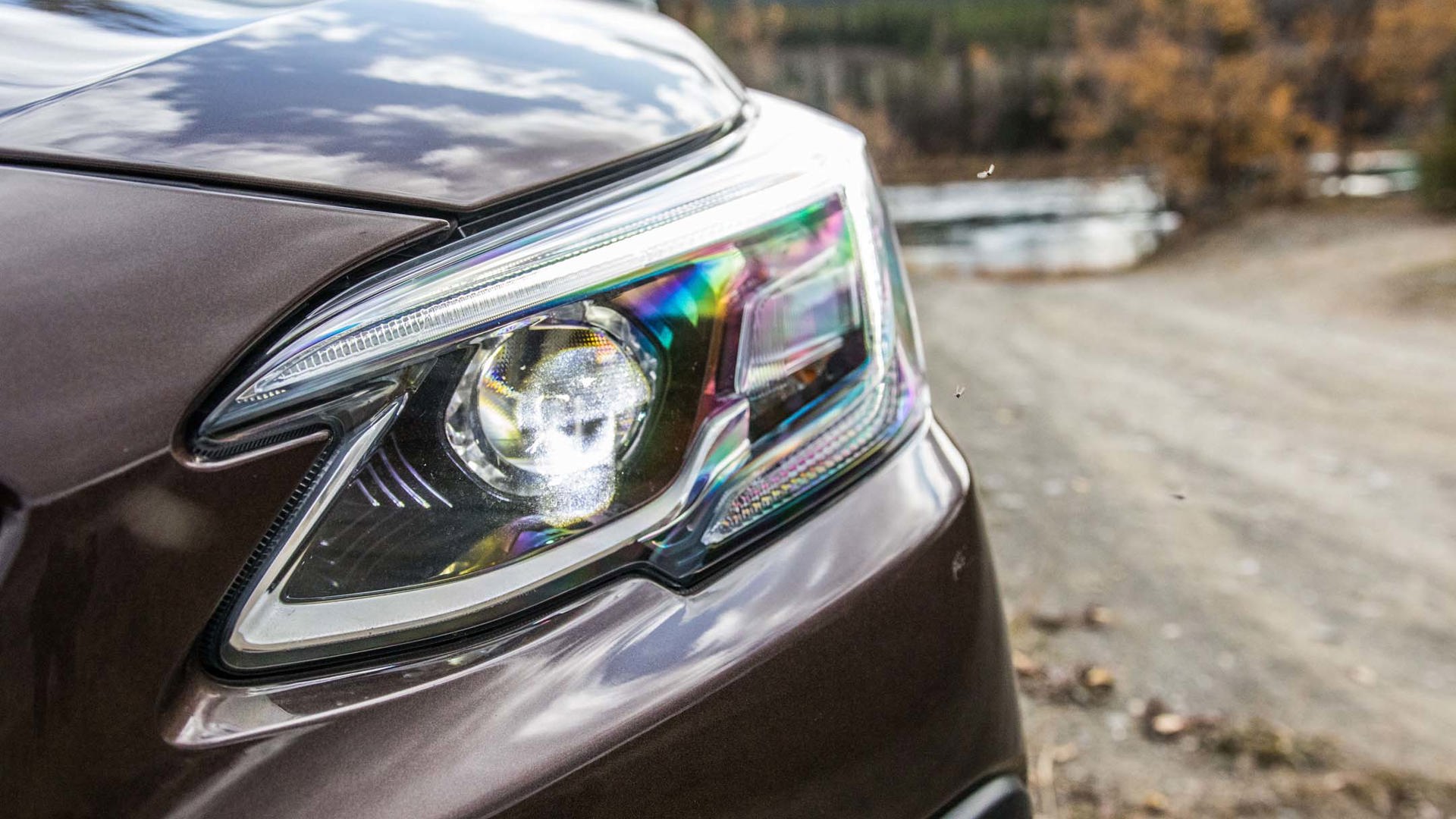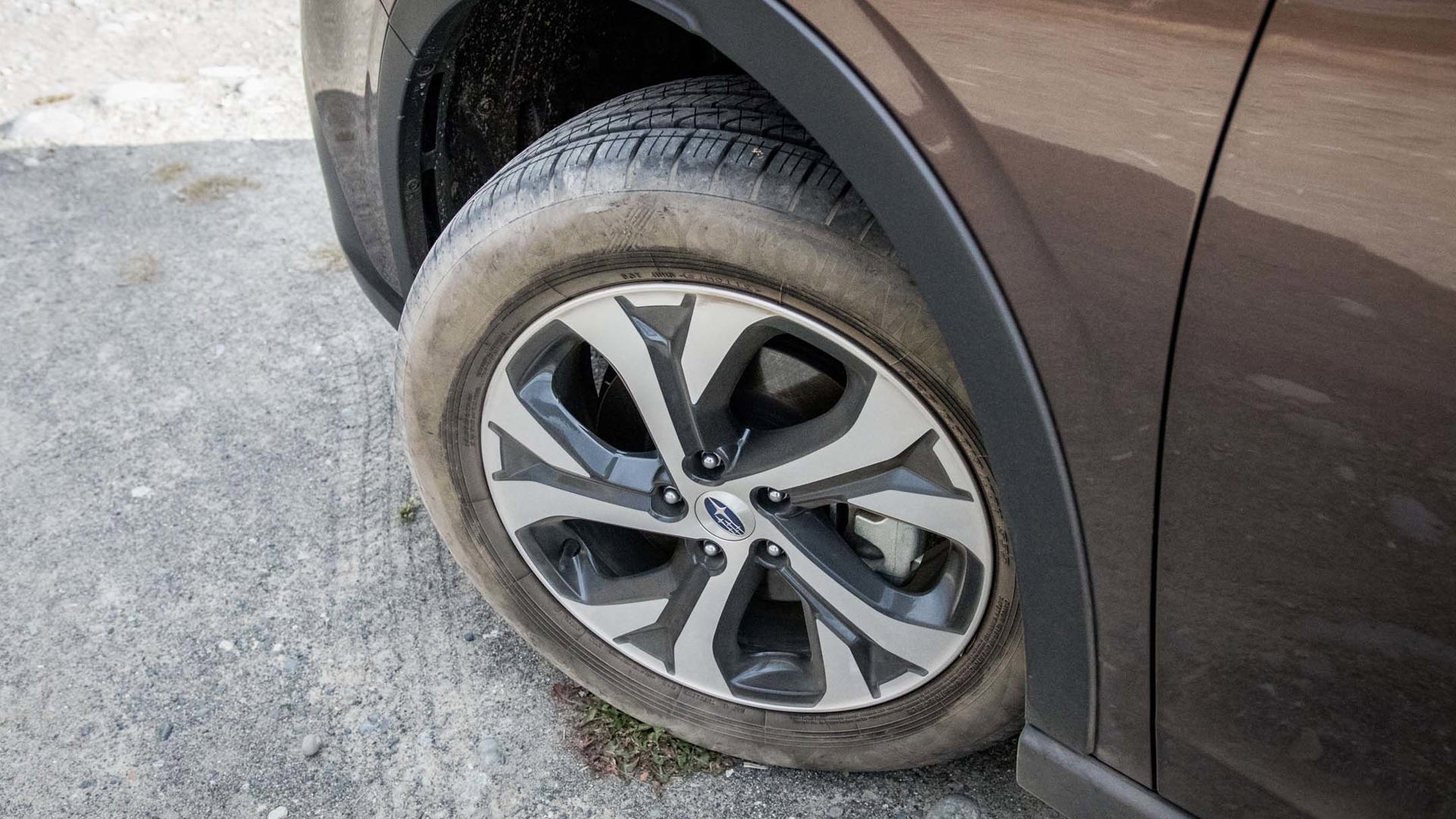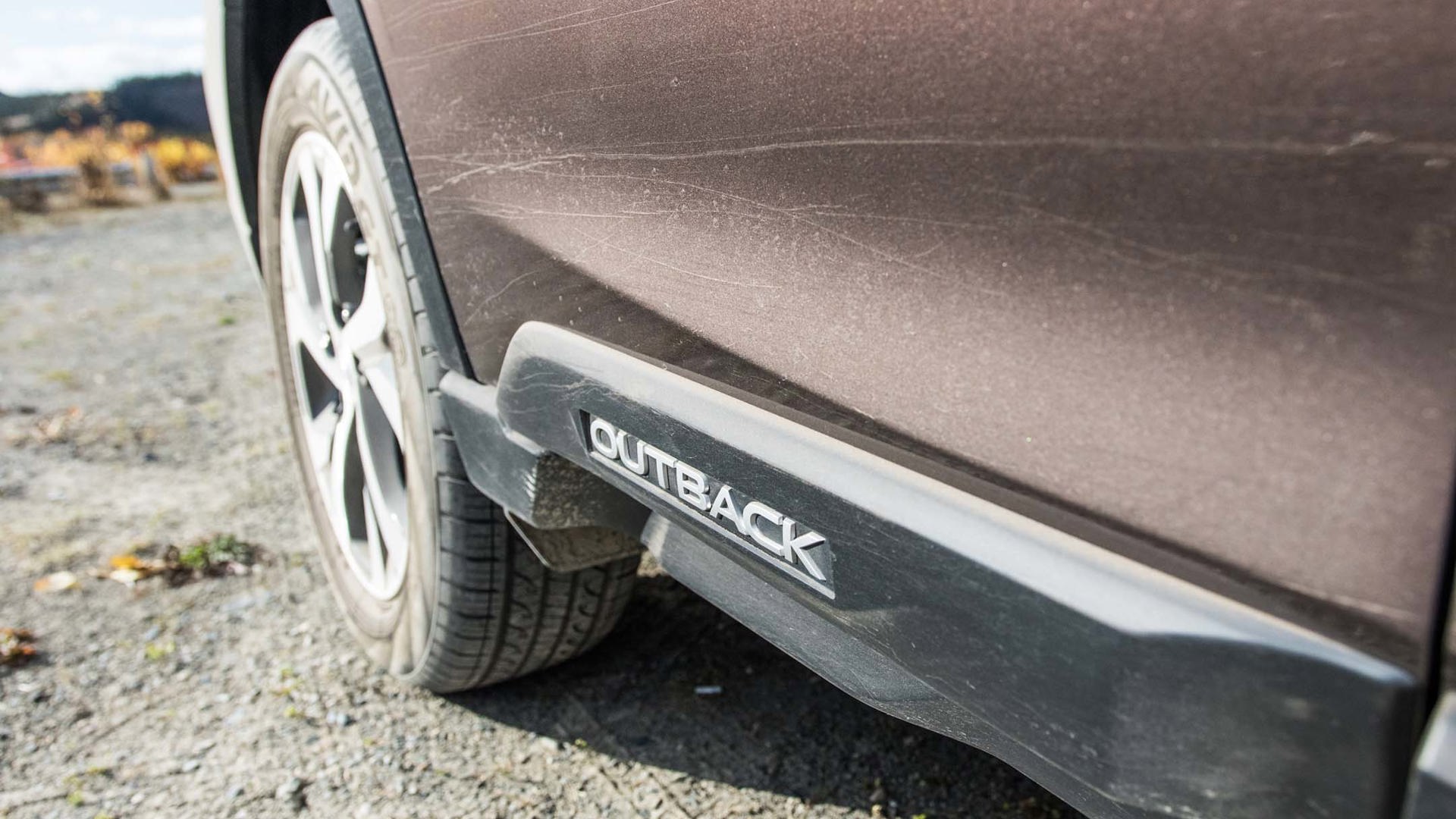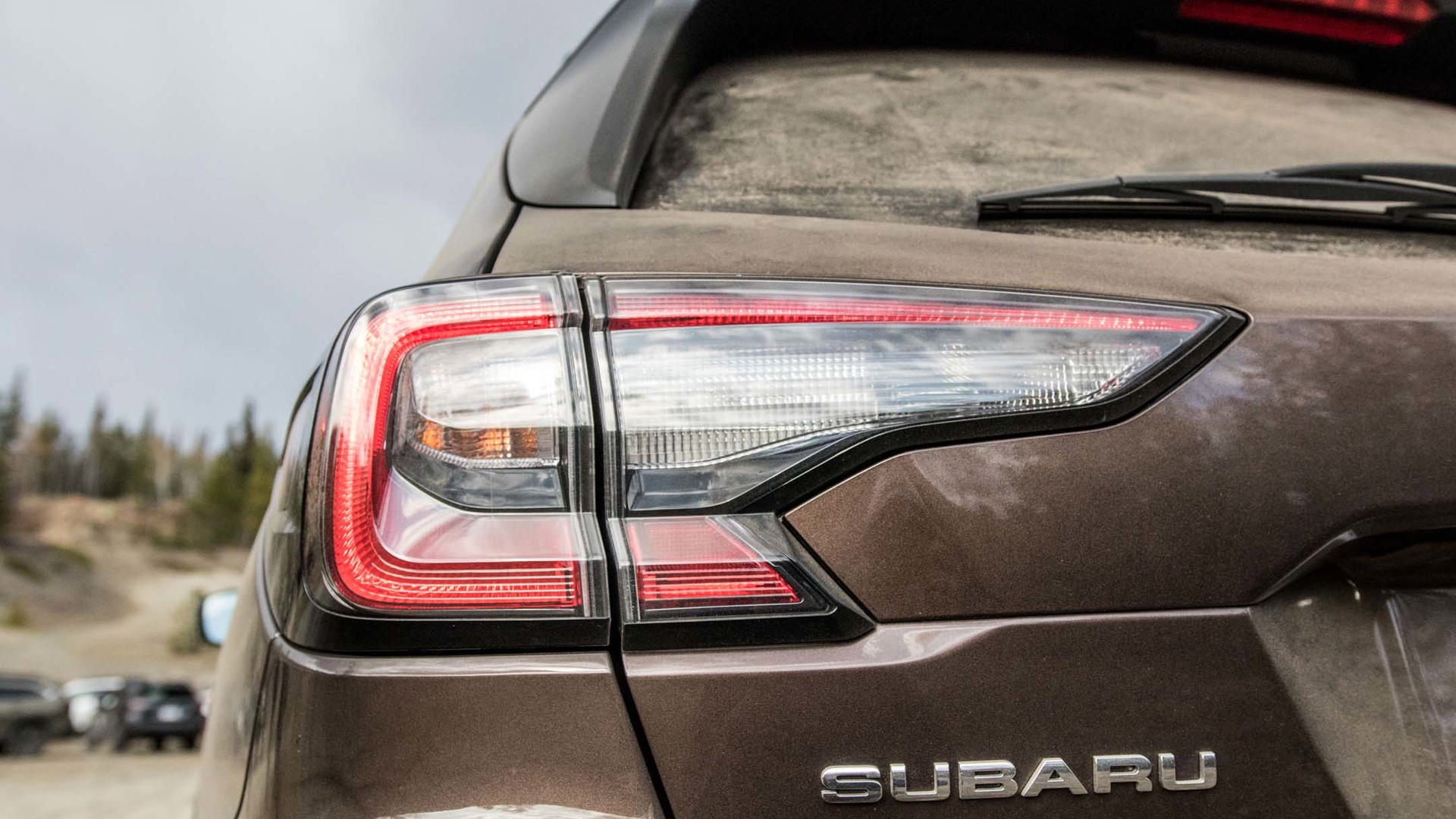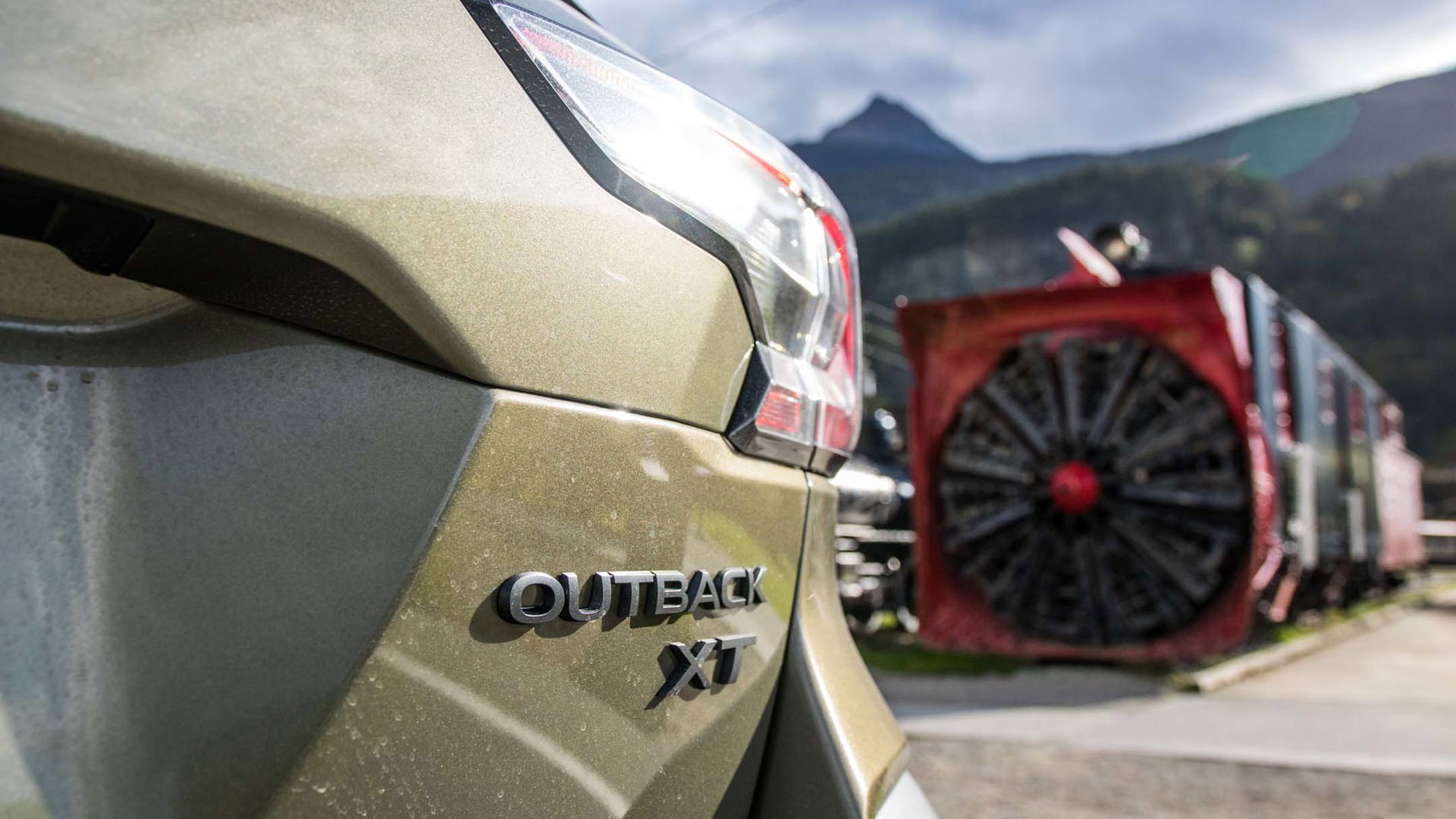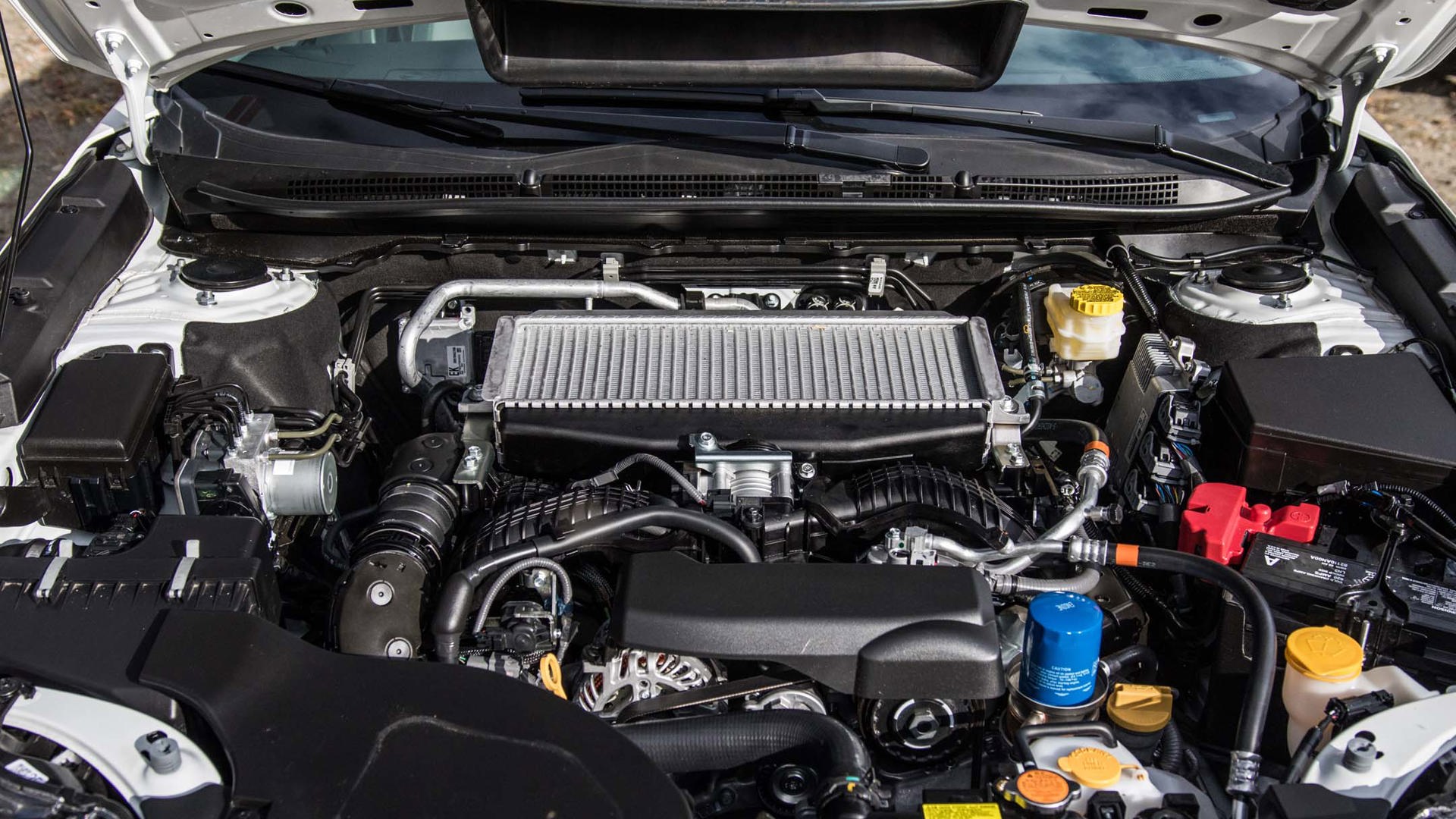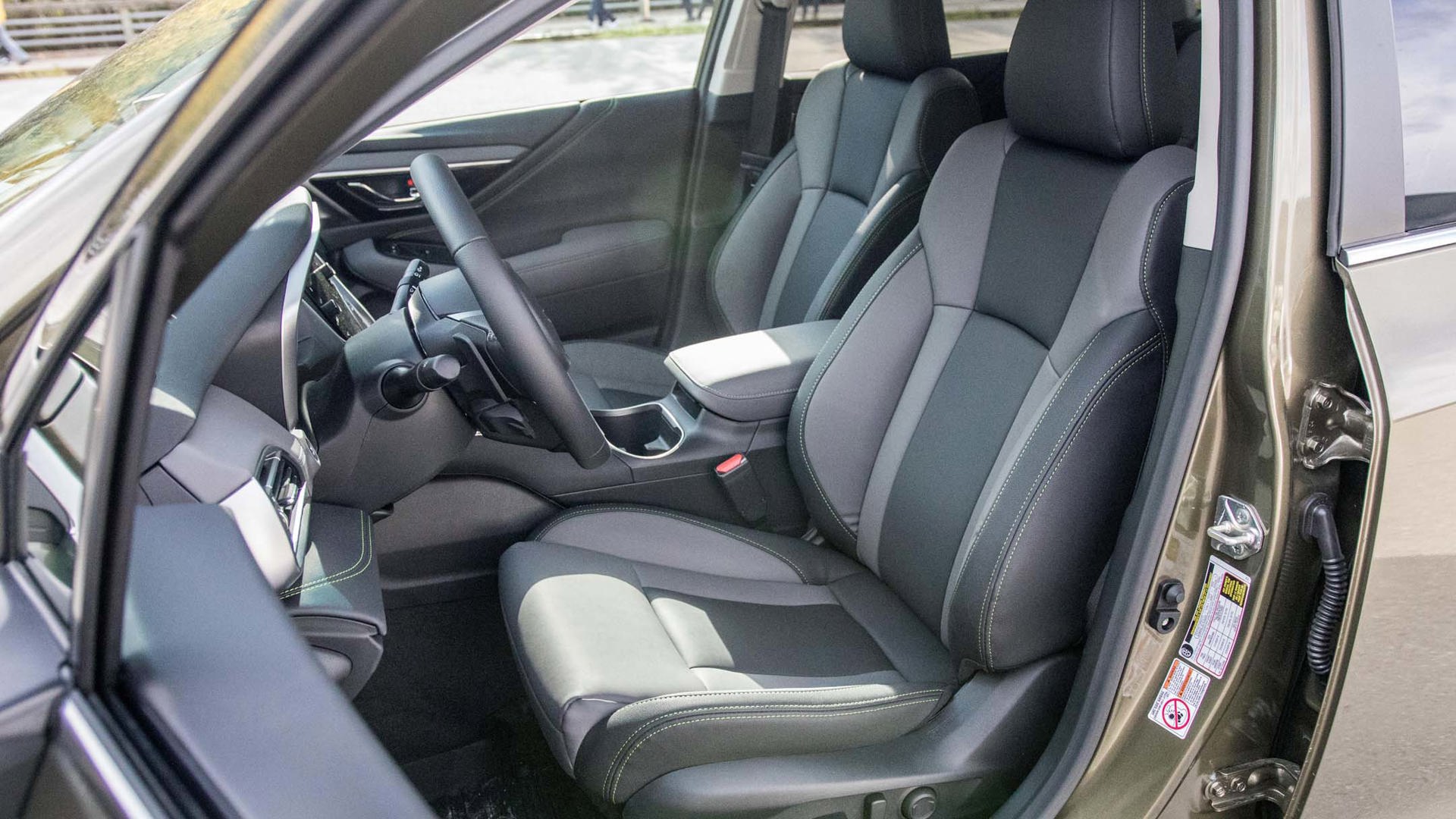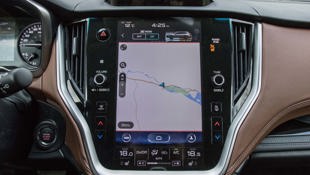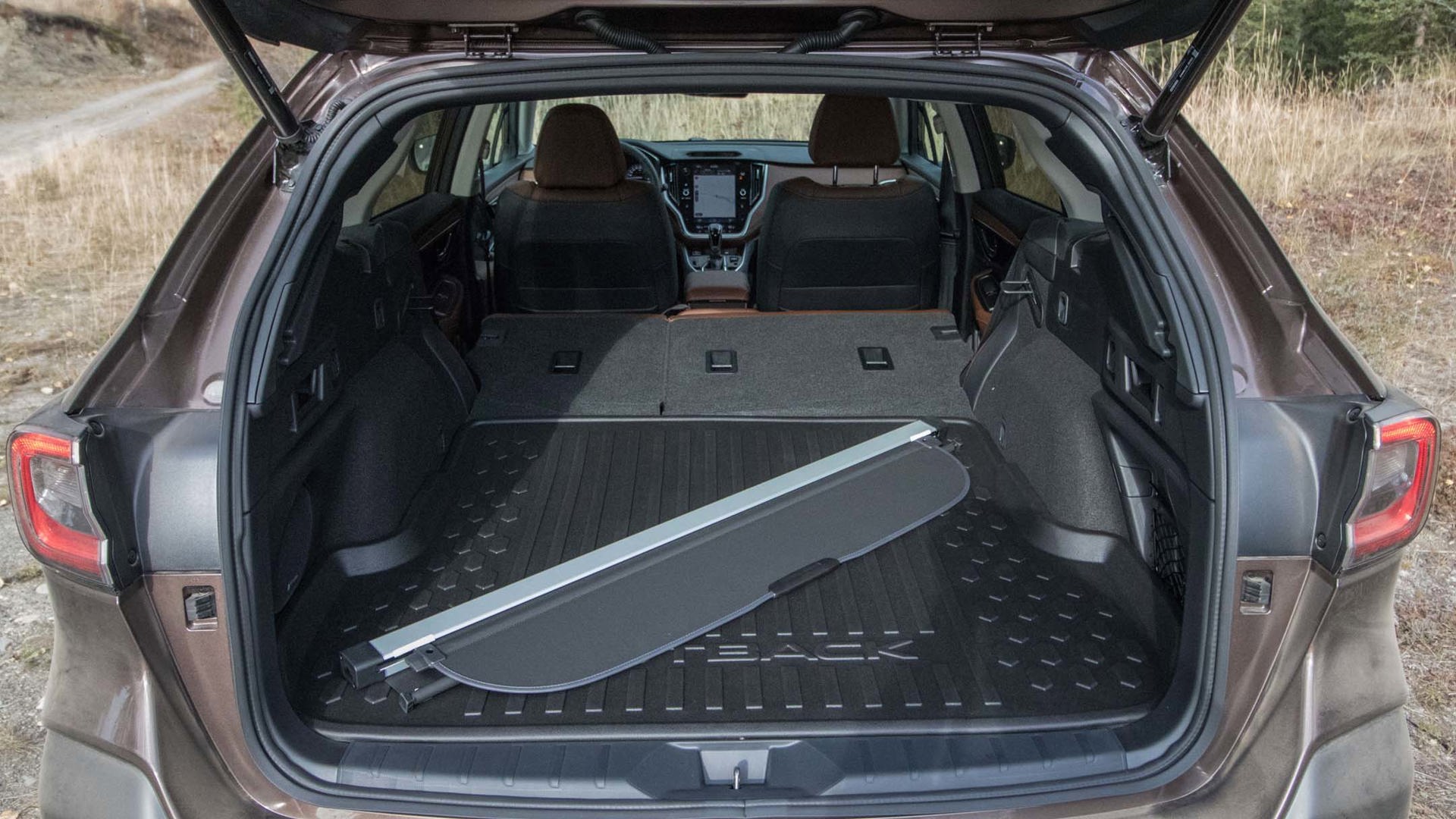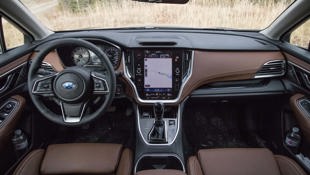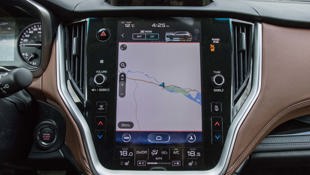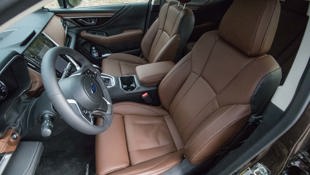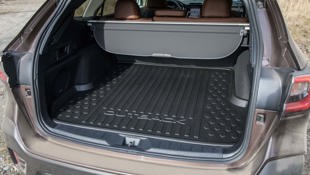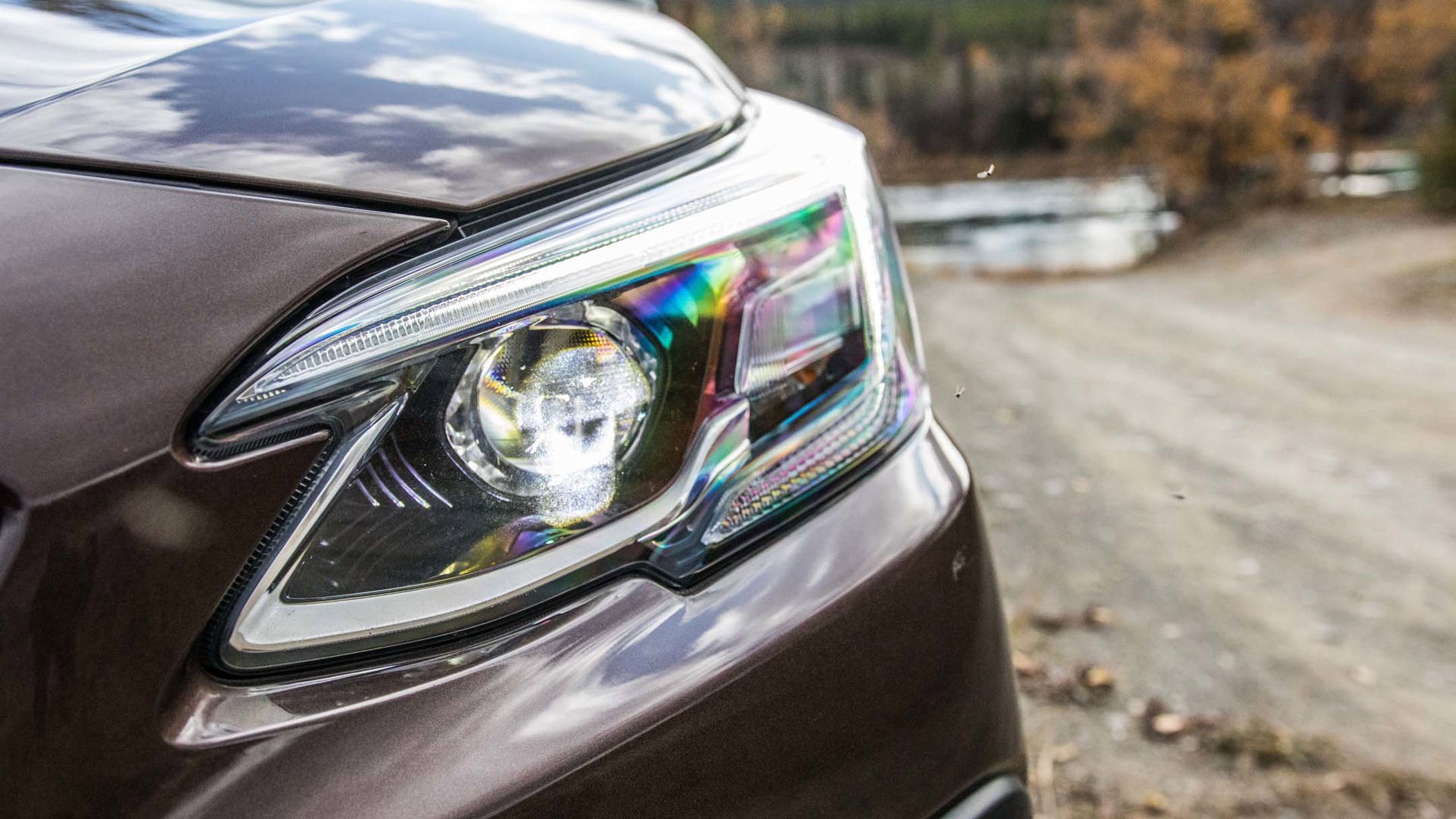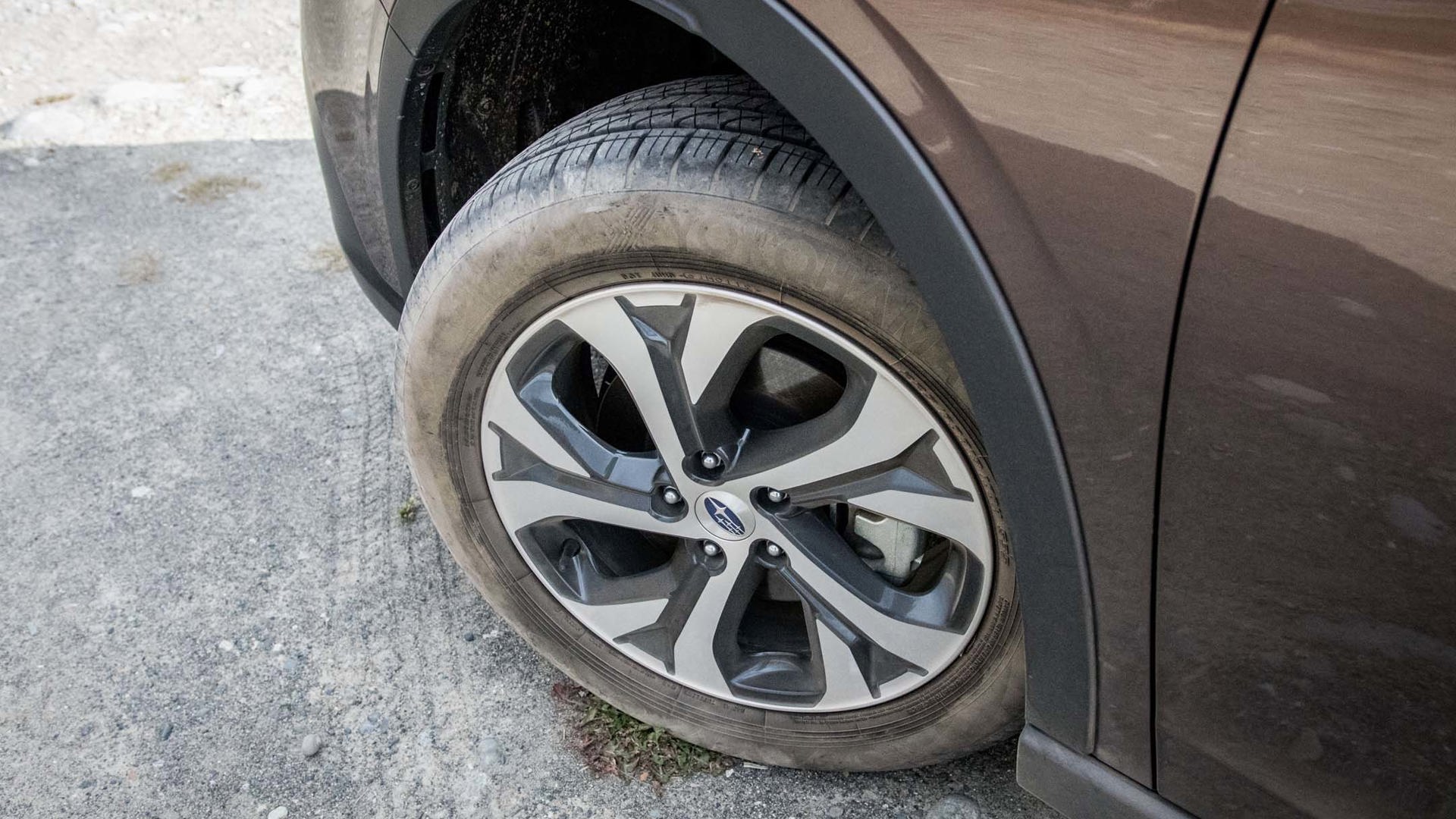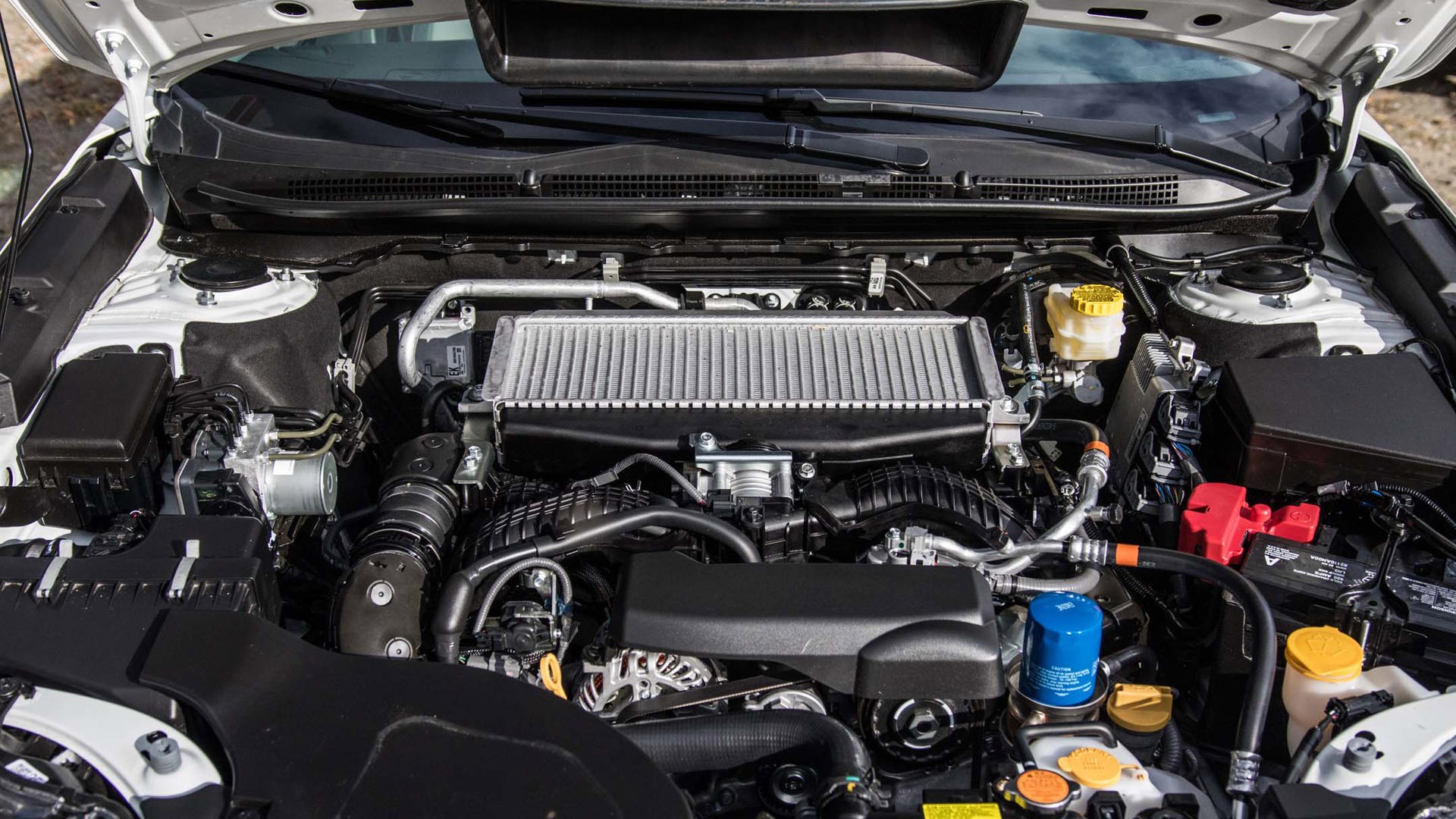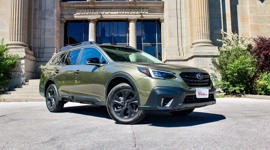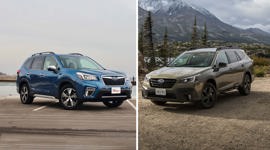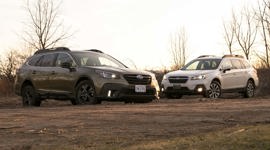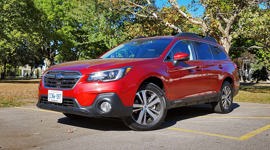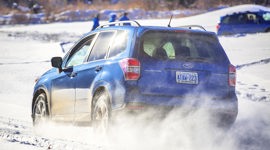WHITEHORSE, Yukon – Any gold miner worth his salt knows that you don’t leave the claim while there’s still a glint in your pan. In the case of the 2020 Outback, Subaru’s still hitting the motherlode of sales results. Never mind would-be claim jumpers like the VW Alltrack, the key to filling the coffers is to stick to the ground you know, and not change things too much. There’s gold in them there plastic-clad wagons!
Besides which, the Outback is much like vehicles such as the Toyota Tacoma and Mercedes-Benz G-Class, in that any major changes would have a loud and loyal fanbase storming the gates, looking to smash up the factory with their wooden shoes. Or, in the case of the Outback, their Merrell Approach hiking boots.
Happily for Subaru’s gold dust stash, this new Outback is pretty much the same as the old vehicle, yet improved in every metric that matters. There’s a glint or two left in the pan yet.
A Familiar Face
Based on Subaru’s new Global Platform chassis architecture, the new Outback is stiffer under the skin and has a great deal more structural adhesive to aid in a more refined, quieter cabin. Torsional rigidity is up 70 percent; and should you run into something, Subaru claims a 40 percent increase in energy absorption. From a safety perspective, this is the safest Outback yet, slotting into Subaru’s overall top-rated lineup.
In terms of styling, the Outback is the same lifted Legacy wagon it’s always been. It’s worth pointing out that LED headlights and fog lights are now standard, as are the easy-to-use fold-away crossbars, but any casual observer would have trouble telling a 2019 model apart from the new one.
But that’s perfectly okay, because to the majority of owners, Outback styling is all about how many stickers you can fit on the rear tailgate. Further, Subaru has made functional upgrades to the vehicle’s exterior, including tie-down loops in the roof rack, similar to those of the Forester. There’s also a standard washer for the rear camera, and a new optional front camera, either for crawling up some near-impassible trail into the bear-infested bush, or just when parallel parking at Whole Foods because you’re low on oat milk.
Updated Infotainment and Convenience
Most of the Outback’s upgrades are inside, and under the hood. There are five interior options, two cloth, two leather, and one synthetic leather. The base Convenience has cloth, the Touring has premium cloth, there’s a new Outdoor trim with a rubbery weather-proof interior, and then either base leather in the Limited, or Nappa leather in the Premier.
Let’s begin with the $38,695 Outback Outdoor XT, which is surely the puffy down jacket of motor vehicles. Only available with the new turbocharged engine (we’ll get to powertrains in a moment), this is the Outback skewed towards a more youthful buyer. It gets bright green stitching for its synthetic leather seats, which look easily capable of withstanding the ravages of wildlife. By which I mean children.
Front or rear, the Outback is very comfortable, with typically good Subaru sightlines. This new model is 36 mm longer overall, and there’s been a 37 mm increase in width. It’s a great fit for families with older children who don’t need a third row.
Dominating the dash is a new 11.6-inch touchscreen which is standard on all but the base Convenience model (which gets a 7-inch display with Apple Car Play and Android Auto, and is probably all you need). It provides an immediate wow factor to the overall more upscale-looking interior, and on Limited and Premier models, the satellite navigation map is huge.
There are proper volume and tuning knobs, and redundant buttons to adjust the heat. However, I’m not entirely sure the Outback faithful is going to be enamoured of this huge piece of screen technology in their rugged, outdoorsy wagon. The Outback is the kind of machine you buy to get away from screens. Having said that, speed and functionality are good, and the sheer size of the thing means that large icons are easy to navigate through without taking your eyes off the road.
Cargo space up front is excellent, with a pair of cubbies for smartphones, and large cupholders. Up top, the aforementioned fold-away crossbars are always ready to go, in the event you might unexpectedly buy a canoe at a yard sale. And out back of the Outback? All kinds of good news.
First, Subaru has sorted out one major annoyance from the old model: a much faster opening tailgate. This sounds like a peevish annoyance, but any owner will tell you that opening the tailgate is the kind of thing you do multiple times a day, and the previous generation creaked open with the speed of the gates of Mordor. This new one takes 4.5 seconds, and features handsfree opening – just get within a few centimetres of the rear badge if you’ve got your hands full.
Cargo space is 960 L with the seats up and 2,144 L with the seats down. Those seats fold flat, and the tonneau cover can be stored under the rear floor. That tonneau cover also has a neat pop-up feature: give it a tap if it’s in your way, and it partially retracts to allow a larger loading area.
The Outdoor model comes with a full-size alloy and tire as a spare tucked under the rear floor, a very nice feature for backroad exploring. There’s also a smattering of black-out trim, and terrain selectability for Subaru’s X-mode off-road programming. We’ll do a bit of off-roading in a bit.
New Turbo, Extra “Go”
For now, it’s time to saddle up the Outback and make tracks for Alaska. The turbo spools, the CVT mimics a downshift, and off we go into one of the more sparsely populated places on Earth.
With a longer wheelbase than the Forester, and a centre of gravity that’s not radically different, the Outback feels a little less sporty. Handling is good with the new stiffer chassis, and suspension upgrades like hollow anti-roll bars; but despite the turbocharged engine under the hood, there’s not much rally-car action here.
Instead, the Outback feels grownup and comfortable. It’s ideally suited to the long sweepers and huge sub-arctic vistas, and the powerful turbocharged engine means you can make sure no RV is cluttering your view.
Replacing the 3.6L flat-six as the top engine option, the new 2.4L flat-four turbo is a twin to the engine in the larger Ascent. It produces 260 hp at peak, and 277 lb-ft of torque in a broad plateau. There are no optional driving modes, just punch it and go.
There’s essentially no turbo lag, and Subaru is certainly well-versed in programming their belt-driven continuously variable transmissions. However, in order to make up for any slack a driver might feel, initial throttle tip-in is very aggressive. Granted, I am driving around in muddy boots rather than thin-soled shoes, but so’s the average Outback driver. It’s a little tricky to be smooth.
Also needing a bit of polish is Subaru’s new lane-centring assist, part of the camera-based Eyesight suite of driver aids. Intended to help the driver stay between the lines, it still tends to ping-pong slightly as you go along a straight piece of road. Further, there’s only a rudimentary head-up display, so you do need to glance down at the instrument panel to make sure the system’s on (it will beep at you when it disengages). Away from towns, when the road lines faded away, the system cut out regularly.
Happily, the extra safety systems are just intended to make your commute easier, which is not what we’re doing here. As a vehicle for exploring, the Outback had ample power, a secure and planted feeling through drifting downpours, and improved cabin sound insulation over the old model.
We arrived at the cruise ship stop-off of Skagway, Alaska, to find streets thronged with tourists. Speaking personally, I would no more wish to be locked up in a floating hotel than I would enrol in bovine university. The freedom of the open road is a sight better than the tyranny of a sea-going buffet. So we beat tracks back to the Yukon in a 2.5L Premier model.
The 182 hp, 176 lb-ft, naturally aspirated base engine on the Outback is largely improved overall, but you’re far better buying the turbocharged model on any but the base trims. It’s a $2,800 premium on the Limited or Premier, and well worth the ability to pass trucks quickly and safely. The standard 2.5L is fine for getting up to speed, but a pass from 80 km/h up is pretty leisurely.
A Complete Package, Off-road and On
On a sandy and slippery off-road course, both Outdoor XT and 2.5 Premier models proved their mettle in typical Subaru fashion. X-mode is simple to use, and includes an impressive hill descent control that had the cars teetering, yet safely descending some challenging ruts. With 220 mm of ground clearance, and approach angles that are better than most competitors, you don’t really have to worry about your Outback stranding you. It’s got more capability than most owners will ever need, even in the Premier trim.
The Premier’s leather was significantly nicer than the Outdoor’s synthetic trim, and the 12-speaker stereo was also a nice upgrade. Add in ventilated seats with a downdraft action, and you’ve got a compelling alternative to perhaps a flashier European offering. The Outback already has many well-heeled owners who prefer to stay away from luxury brands, and this top-of-the-line variant should please them.
However, I’d say the Outdoor model is the sweet spot in the range. It’s got power for passing, and the ability to tow up to 1,587 kg. It has a durable interior that’ll take an absolute kicking. The full-size spare is certainly a boon on the lonely roads of the Yukon, and it’s overall a practical, comfortable wagon, with an unexpected amount of off-road pluck.
There are strange things done in the midnight sun by the men who moil for gold, but as far as the engineers who moil for Subaru sales, they haven’t done anything unexpected with the new Outback. It’s stayed the course to please the faithful, and been improved with just enough tech and turbocharged thrust to tempt a few new buyers in the door. Well, gosh-durn it, Subaru. You done hit paydirt again.
